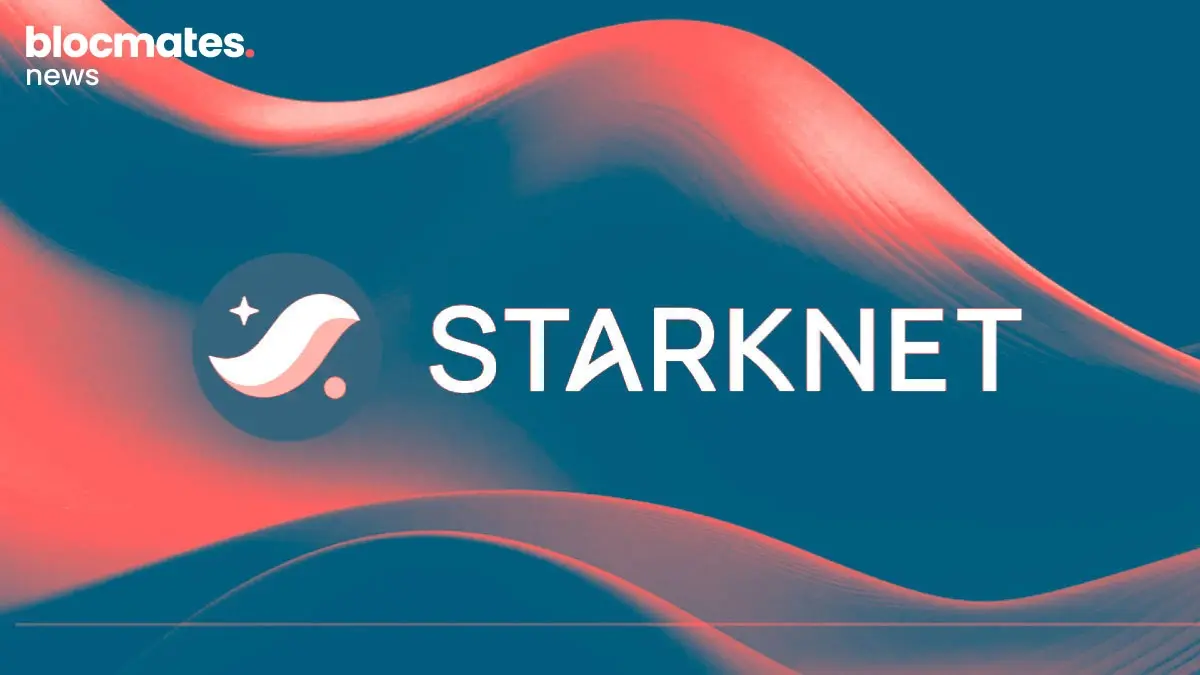It is no secret that this industry of ours is manic. From Perp DEXs to lending markets, Uniswap forks to RWAs, and memecoins to gaming, this place moves at 1000 mph. With so much happening, it’s very easy to get lost in the chaos.
Amidst this chaos, most of us tend to forget the true value of the king of this Industry, Bitcoin.
Don't get me wrong, all the innovations we have seen since the launch of Ethereum are most certainly necessary, but you often see some degenerates on crypto Twitter pedal the idea of forgetting Bitcoin and only focusing on the innovations we see on these newer chains.
If you take a step back and zoom out, you have to think that maybe there’s a reason that something like Bitcoin, a chain with no smart contract-like programmability capabilities, still maintains its #1 spot.
Bitcoin’s strength lies in its rigidity and stability. It has been stress-tested on multiple occasions and survived, It has been through four major boom and bust cycles over its 15 years of existence, it is the most resistant to attacks, and it is the most decentralized.
The unsung heroes that help contribute to this security and robustness are the miners. They participate in consensus, get rewarded for it, and continue to re-invest in securing the network.
Seeing how important of a role miners play in maintaining Bitcoin's security and decentralization, the protocol in today's discourse, the Core Network, hopes to not only leverage their power but also help them with additional rewards to finally create a blockchain that truly solves the ever-elusive blockchain trilemma.
However, before we dive deeper into Core DAO, we first need to talk about some of the more pressing issues with Bitcoin. Only when we understand these problems can we truly understand the value of Core DAO.
The Limitations of Bitcoin
There are five key points of focus when it comes to Bitcoin's shortcomings:
- Scalability
- Scripting & computation
- Smart contract programmability
- Flexibility
- Interoperability & external communication
The scalability issues with Bitcoin are pretty well-known to people across the industry.
It has a 1MB block size, producing a block every 10 minutes with transactions per second processed by the network ranging around 5-7 transactions. All of this combined means the overall throughput of the network is incredibly low. With such low throughput, Bitcoin becomes a network that would be almost unusable for frequent and complex actions on a daily basis.
Another hurdle that Bitcoin faces is its lack of Turing completeness. This is just a fancy way of saying that complex computations cannot be performed on the chain, which means the scope of applications that can be made is fairly limited.
Combine this with the fact that there is no native smart contract language like Ethereum’s Solidity, and the scope for developing an application ecosystem and advanced functionalities becomes even more difficult.
In line with the lack of programmability is the rigidity. While Bitcoin’s rigidity is often hailed as a good thing because it means it’ll be more stable, it also comes at the cost of ‘getting left behind’. As the industry has seen an evolution in technology, Bitcoin has remained relatively unchanged.
Although it hasn’t lost its number one spot yet, there’s always a chance that something superior comes along in the future that may well and truly overtake Bitcoin.
Lastly, a big issue which is relatively under-discussed is Bitcoin's lack of interoperability and external communication.
In terms of interoperability, it’s pretty apparent that Bitcoin has always operated as a standalone blockchain. All the other smart contract blockchains are now very interlinked through cross-chain protocols. Bitcoin to date has remained fairly recluse. While this is not a major issue, if we’re talking about making advanced applications, then some form of cross-chain interaction may be required.
The external communication issue, however, is far more important. The ability to interface with external data sources and APIs is important. Bitcoin, however, does not support this. So things like oracles are not possible, which means the chain essentially has no connection to real-world/external data, something that is very important when it comes to expanding use cases.
In light of these issues, Core DAO has come up with a very innovative solution that tries to align Bitcoin's security and decentralization with the EVM's scalability and programmability.

The Core Network
Core is a layer 1 blockchain that utilizes and supports Bitcoin miners (and holders - more to come on that in the future) on an EVM-compatible chain to potentially finally solve the blockchain trilemma. This is all made possible thanks to their unique two-way consensus mechanism dubbed ‘Satoshi Plus’.
It started by forking the general design of the BNB chain (formerly Binance Smart Chain) but has since grown to become a lot more versatile and independent. While the low fees and fast transaction element of the BNB chain still remain, it sets itself apart through the aforementioned consensus mechanism.
So what the hell is Satoshi Plus? And how does it work?
Satoshi Plus
Satoshi Plus is a combination of two different consensus mechanisms under one roof. Delegated Proof of Work (DPoW) and Delegated Proof of Stake (DPoS). Let’s first understand both separately, and then I’ll show you how they work under one roof.
Let’s start with DPoW. In a regular PoW system, like the one used by Bitcoin, the miners generate hashpower (computational power). This hashpower is used to validate transactions, mine blocks, and ultimately the miner is rewarded with BTC.
Something that started happening recently as Bitcoin mining became more expensive is that miners started delegating hashpower to mining pools. So collectively, multiple miners have a better chance of mining the next block and getting more BTC rewards.
Using a similar idea, Core introduces DPoW, where Bitcoin miners can delegate their PoW to the Core Network with minimal effort.
All they have to do is add data to the coinbase transaction (the first transaction in a newly mined block) of the Bitcoin block specifying which validator they would like to delegate to. In return for this, they will receive CORE rewards on top of the BTC they are already earning from mining the Bitcoin block.
The Core network will then get this information through relayers. Anyone can become a relayer, and their main job is to transmit the Bitcoin block headers to the Core network so the delegated PoW can be accounted for.
Bitcoin mining will only continue to get more expensive, so earning a little additional income will be very beneficial for the miners. For Core, they receive the benefits of PoW without the downsides of it being lacklustre for scalability.
This brings us to DPoS.
DPoS is something that most of you would be very familiar with since it’s already used by most of the current trendy layer 1s.
Holders of the CORE token can stake them and delegate them to a validator of their choice, and in return, they receive a certain yield. The validators with this delegated stake can then mine blocks and distribute rewards. Core has a very low minimum stake of 1 CORE token, so it becomes very accessible to anyone willing to participate.
So how do the two come together?
Validating blocks on Core happens through a validator set which changes every round (roughly 24 hrs). The validator set is made up of 21 validators, so in order to select the validators, there is a validator election process.
Each validator is given something called a ‘hybrid score’ every round. A round in the Core network is when the validator set is changed, and the rewards are distributed. At present, a round is one day, so every day, the validator set is changed based on their assigned hybrid score.
A hybrid score is assigned to every single validator node in the network. This score is determined by the amount delegated by the Bitcoin miners and the amount delegated by the DPoS stakers.
So each day, the validators are assigned a new hybrid score, and the validators in the top 21 validator scores will be a part of the validator set.
For successfully mining a block, the validators receive rewards in CORE. The rewards are two-fold, the base reward of newly minted CORE each block and the fees collected from transactions in each block.

Security
A well-designed consensus mechanism means nothing if it's not secure from all different sorts of attack vectors.
For starters, the system has verifiers. Anybody can become a verifier, and their role is to detect malicious activity on the network and flag it. Successfully flagging malicious activity will result in slashing a validator's stake or outright jailing them from the network.
Getting slashed will affect a validator's hybrid score and thereby exclude them from the validator for the rounds going forward. Verifiers are compensated when the block rewards are dispensed.
Outside of this, there are a lot more barriers to their defense.
The first barrier is common amongst most blockchains. The selection of nodes is completely randomized, and it’s ensured that they are sufficiently geographically dispersed to avoid any sort of network attacks.
The second layer is the consensus mechanism itself. Satoshi Plus makes consensus attacks very difficult. The combination of DPoW, DPoS, and the validator election makes it so that things like selfish mining or other forms of consensus attacks are not possible.
Censorship and transaction delays are another cause for concern. These concerns are mitigated as long as there are honest validators in the set. Similarly, having honest validators makes it economically unwise and difficult to achieve 51% attacks, sybil attacks, or similar. Given how frequently the set is changed, it will be difficult to mount an attack, and also any form of malicious behaviour will affect their hybrid score and remove them from the set.
The fourth barrier is to prevent long-range attacks. A long-range attack is when a malicious attacker starts creating a false branch with the intent to eventually fork the chain.
To stop this, Core implements a checkpointing mechanism. This is essentially where the network freezes the blockchain’s history at regular intervals and adds a checkpoint hash to the codebase. Any future transactions that are consistent with these hashes are rejected.
With all of these barriers, I think it’s safe to assume that the Core Network is very safe.

The Benefits of this design
I know this was every alt layer 1’s marketing pitch through 2021, so you’re probably tired of hearing it. But the Core Network may genuinely be the best attempt we’ve seen at properly solving the blockchain trilemma.
Of course, only time will tell if they are successful, but the signs sure do look promising.
By leaning on Bitcoin miners for security and decentralization, they have the potential to create a scalable EVM that genuinely preserves the integrity of the network.
Additionally, it can be greatly beneficial to Bitcoin miners, who in some way are the backbone of this industry. They get supplemental rewards while spending virtually nothing in additional expenses, and it expands their business to now helping secure an EVM-compatible smart contract chain.
Lastly, a chain being Bitcoin-aligned and trying to broaden the horizon of what BTC the asset can do is never a bad thing, with Bitcoin being the creator of this industry and all.
Now that you have a good understanding of how the chain works let's take a look at the tokenomics.
Tokenomics
The CORE token plays an important role in the Core Network.
First off, it will be the gas token for the network, so anybody making transactions on the network will need to use CORE.
It will also be used for staking in the DPoS system and the governance of the Core DAO.
In terms of supply, it has a hard cap of 2.1 Billion tokens. To go with this, a portion of the base rewards and transaction fees will be burned in a similar fashion to Ethereum's 'ultrasound money’ burn. The percentage burned will be determined by the Core DAO.
Looking at it on a longer-term horizon, CORE rewards will be paid out over an 81-year period. We know the last BTC will be mined in 2140, so the miners will need a new source of revenue thereafter, but given the four-year halvings, that may become a necessity long before 2140, and the Core network provides that alternative.
Progressive Decentralization
The Core DAO will always play an important role in the Core Network, but to begin with, the team will be playing an overseeing role through their control of the DAO.
The goal is to progressively decentralize and give early CORE holders the task of maintaining the DAO and ensuring that the decisions taken are always in line with the broader vision.
The general gist of what the Core DAO will be tasked with is things like altering validator numbers, changing governance parameters, and setting the percentage of base rewards and transaction fees that will be burnt.
The aim is to progressively decentralize the entire network. That includes the consensus, the DAO, and even the management of the treasury. It’s only a little centralized to begin with because the initial phases of a newer chain can be fickle. Seeing out the tough times may require active management before it can be left alone to survive by itself.
Concluding Thoughts
Core is trying to completely change the way we look at blockchains and their tradeoffs. We have now come to accept that we have to sacrifice decentralization in the name of scalability and security because it is simply not possible any other way.
But without a sufficient amount of decentralization, this entire thing is meaningless. Core DAO is outlining a clear path for us to achieve all three, and we are backing the gigabrain team to be successful in their mission.
We always back teams that push the boundaries of innovation with bold and innovative ideas.
Things are just starting for Core DAO, and we think it will be worth your while to hop on the Core train.






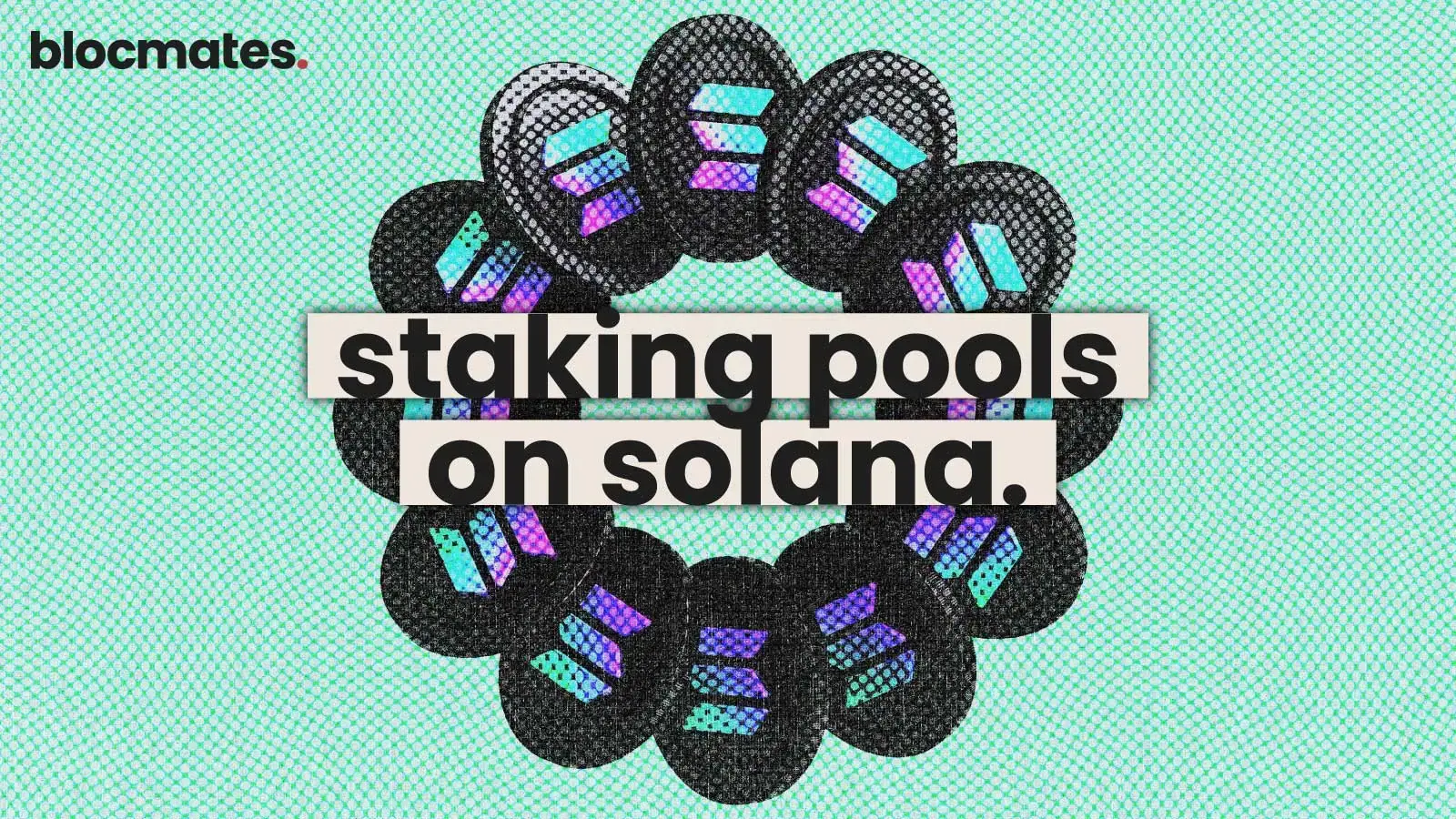




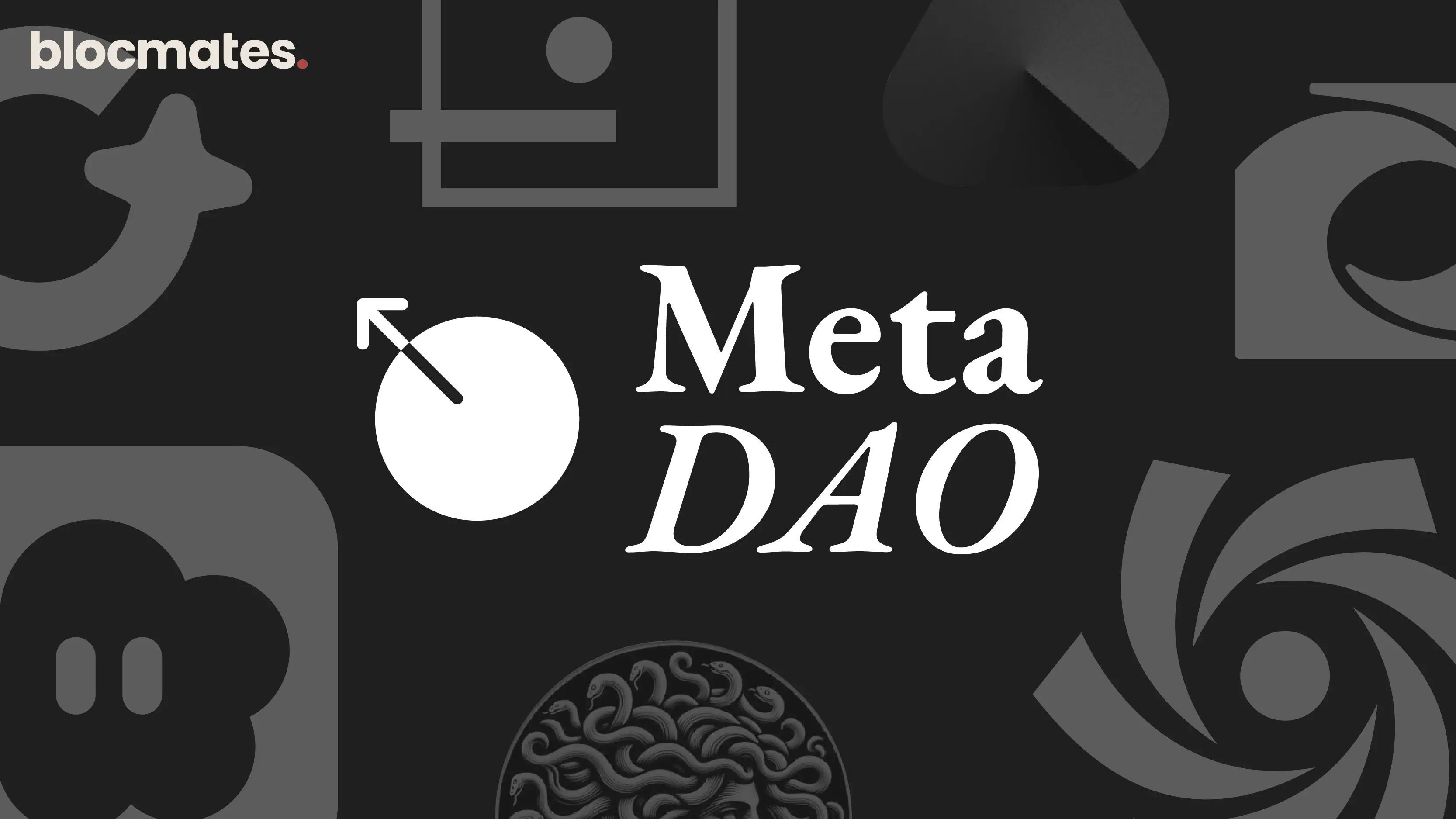
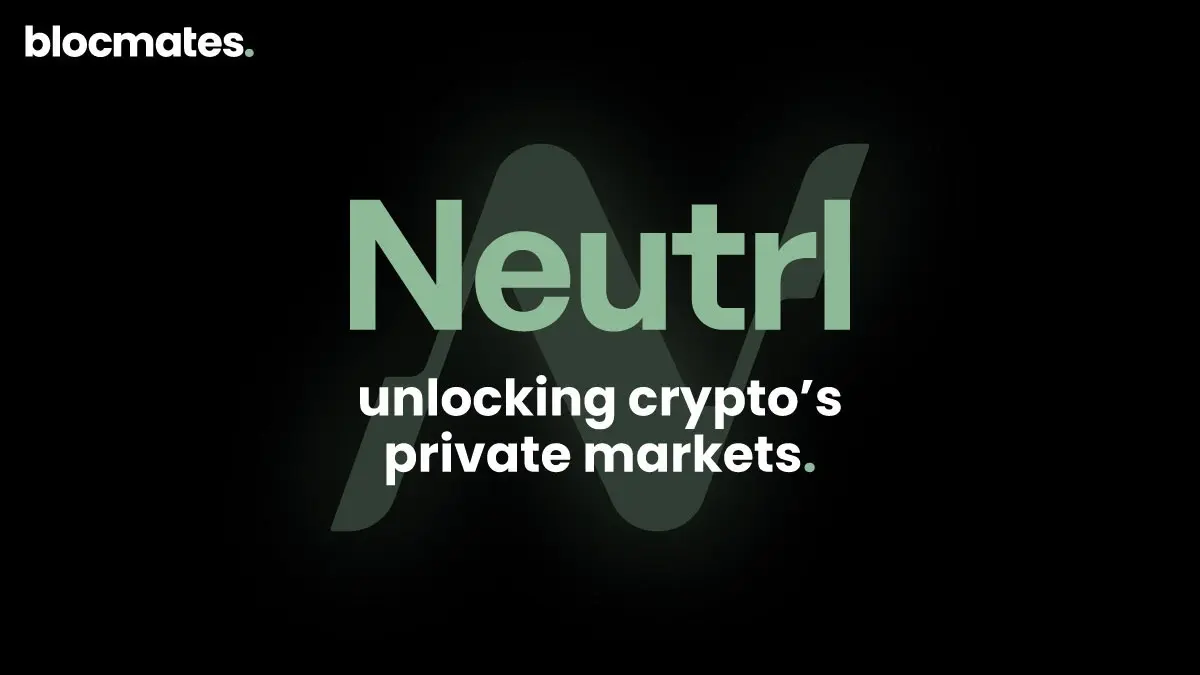


.webp)

.webp)
.webp)
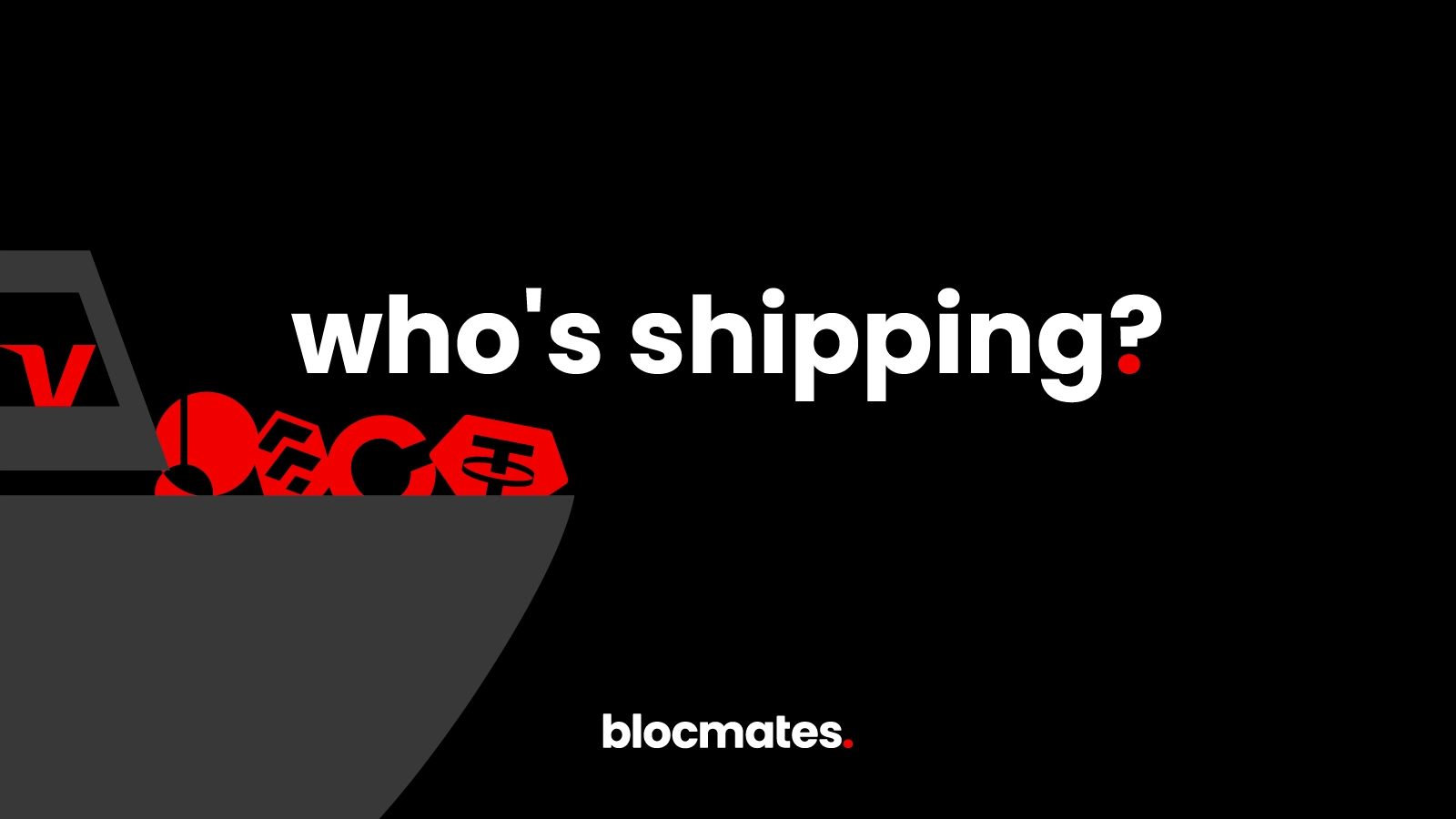
%20(1).webp)
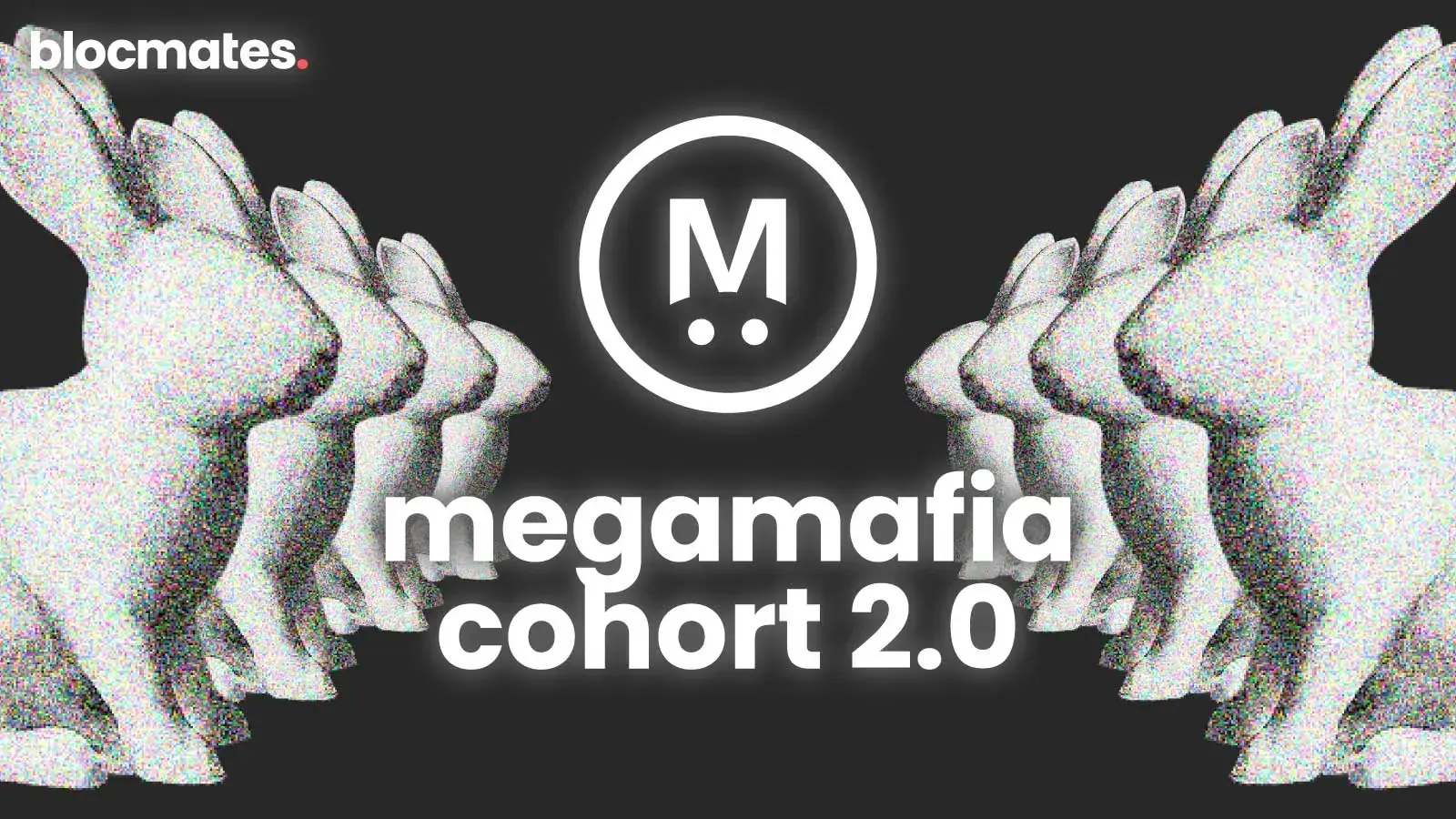
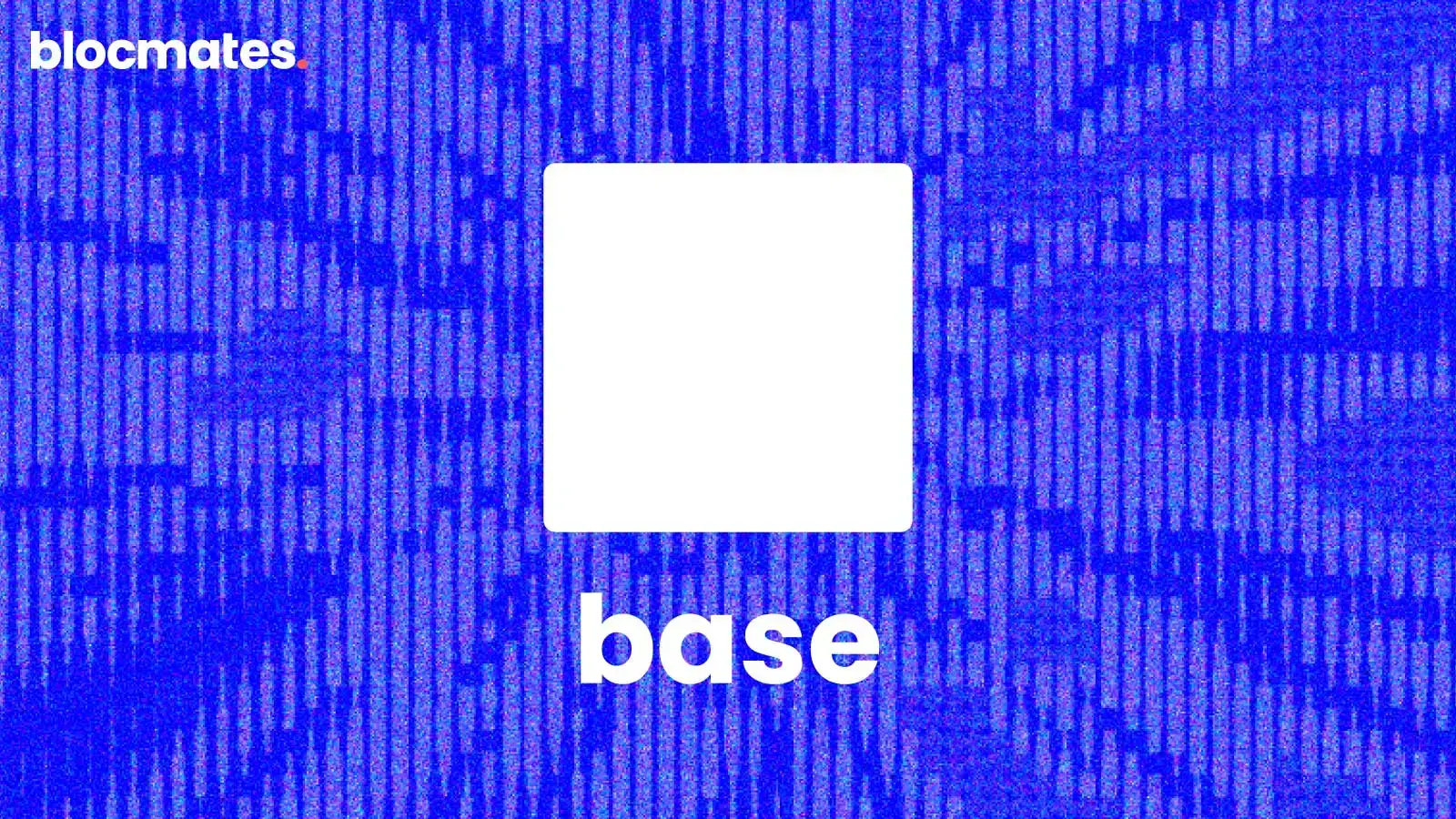
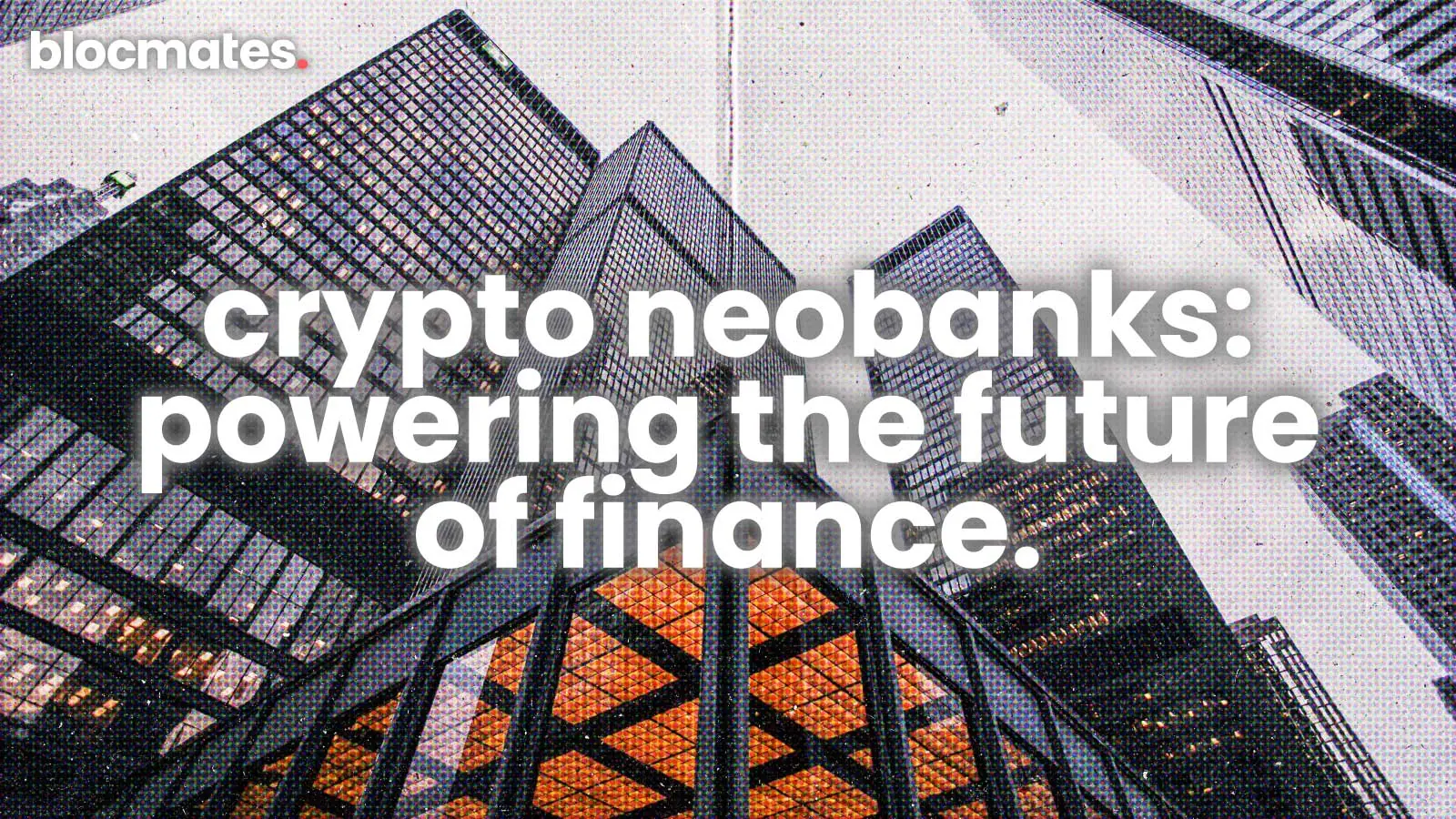


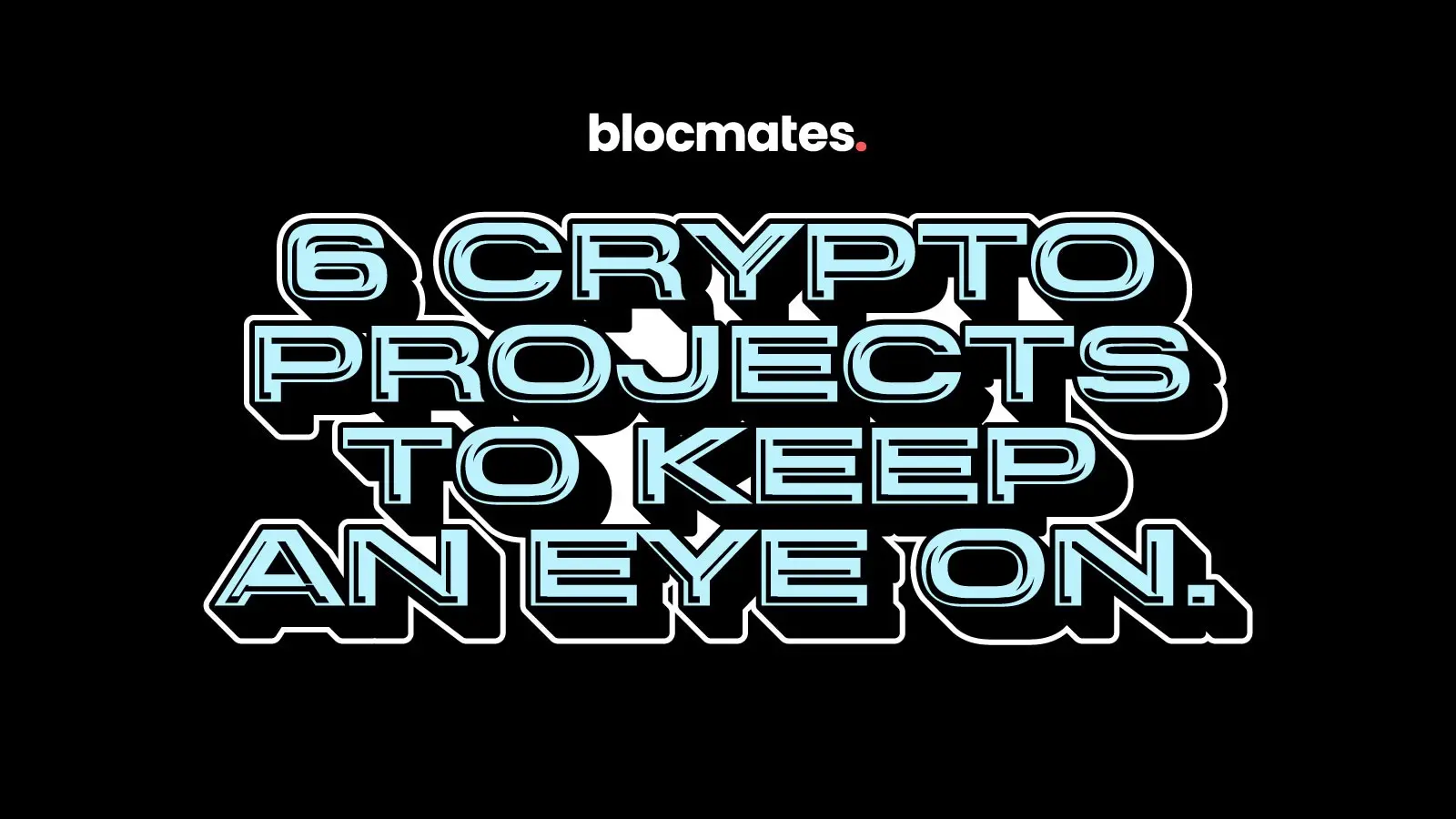
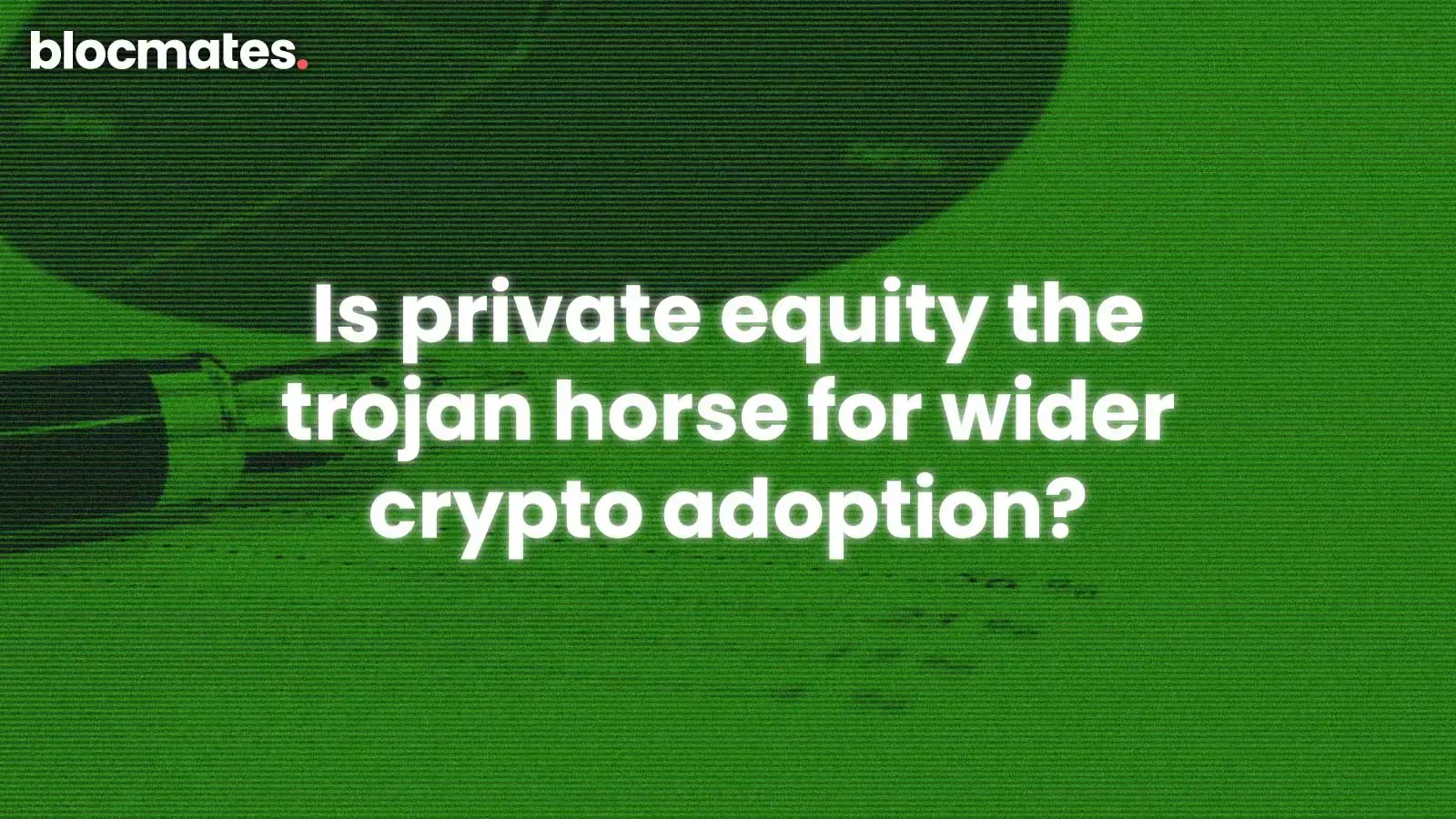
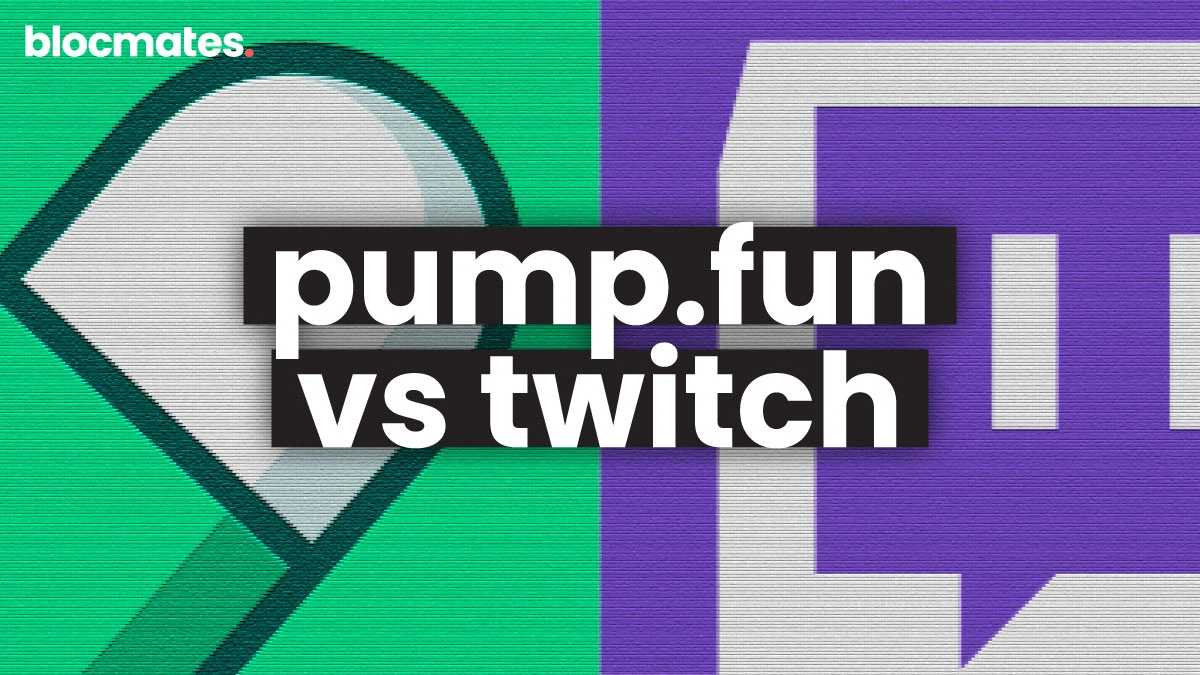

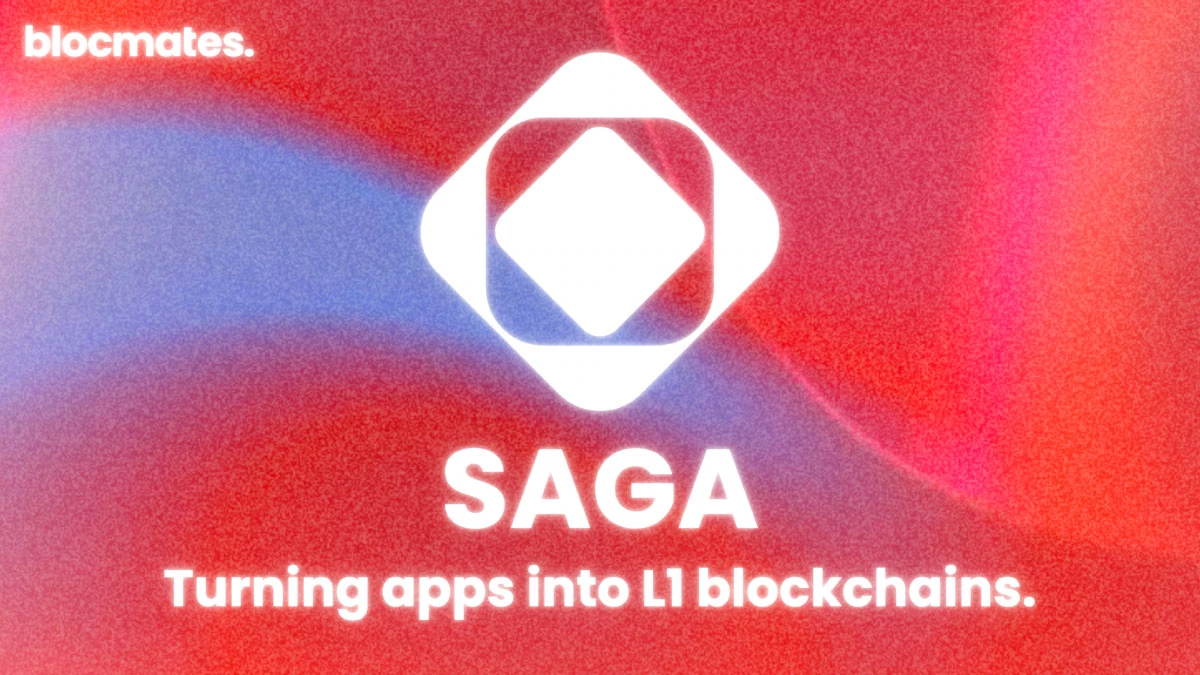

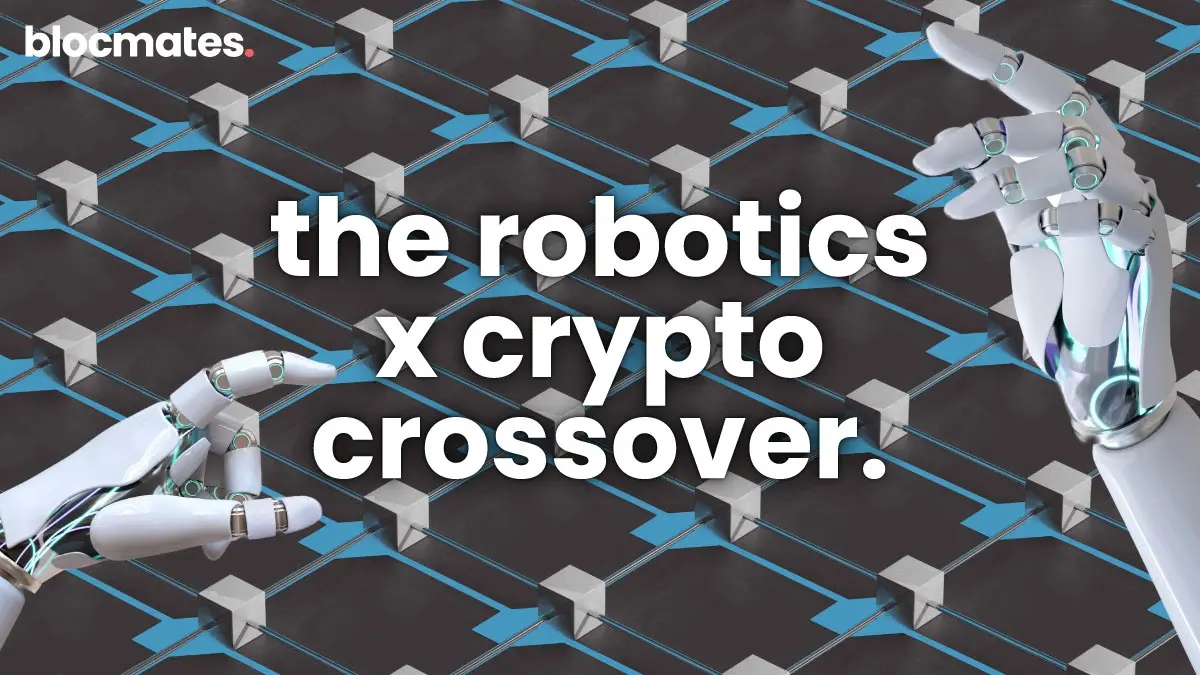
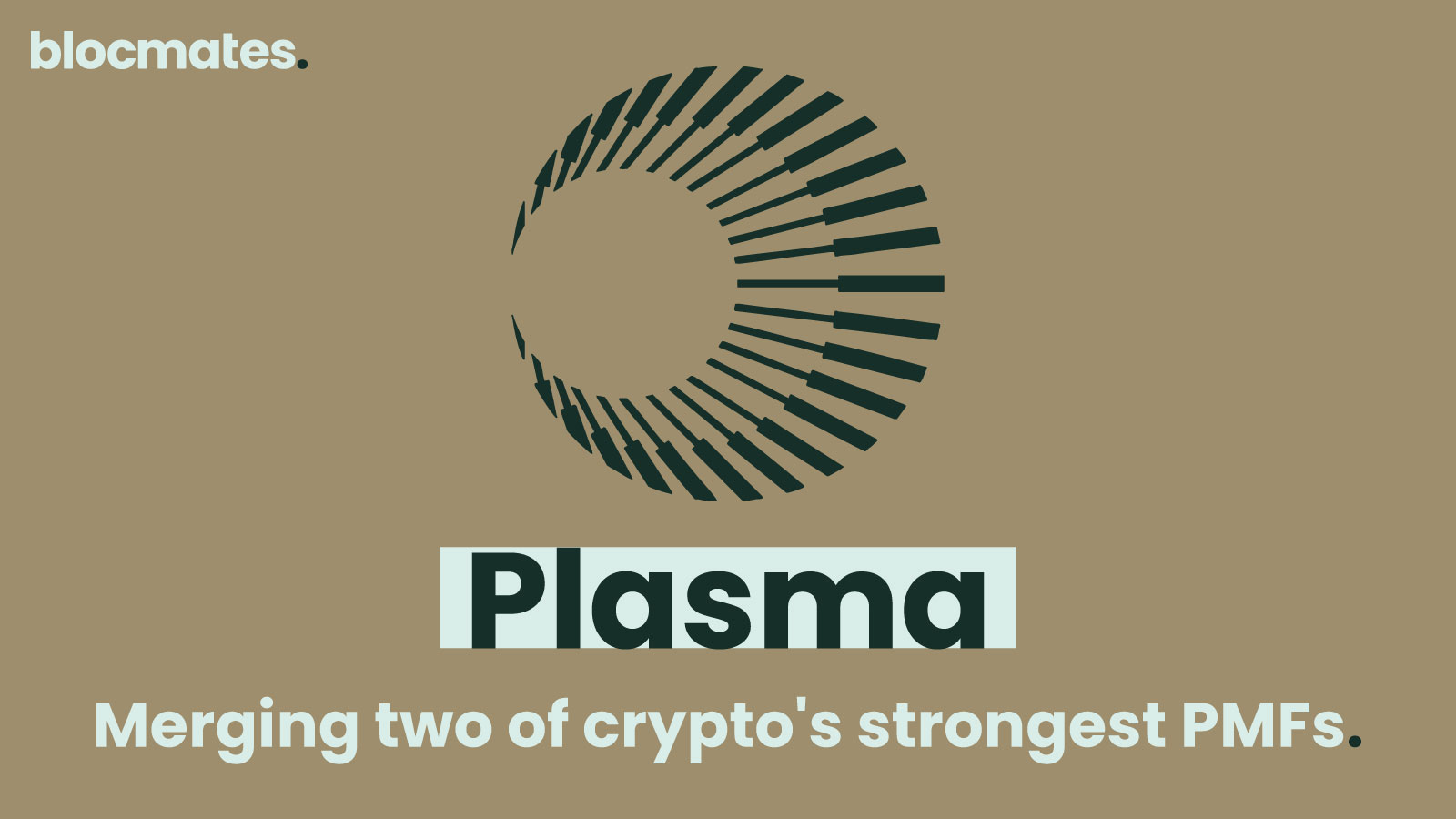

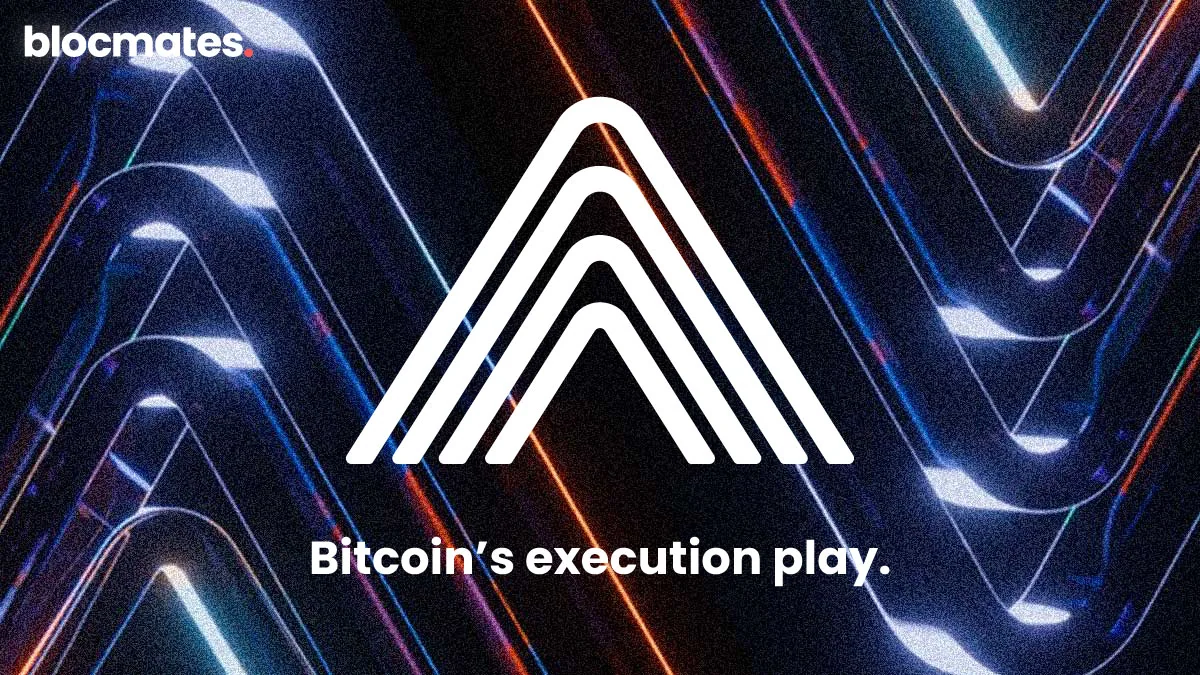
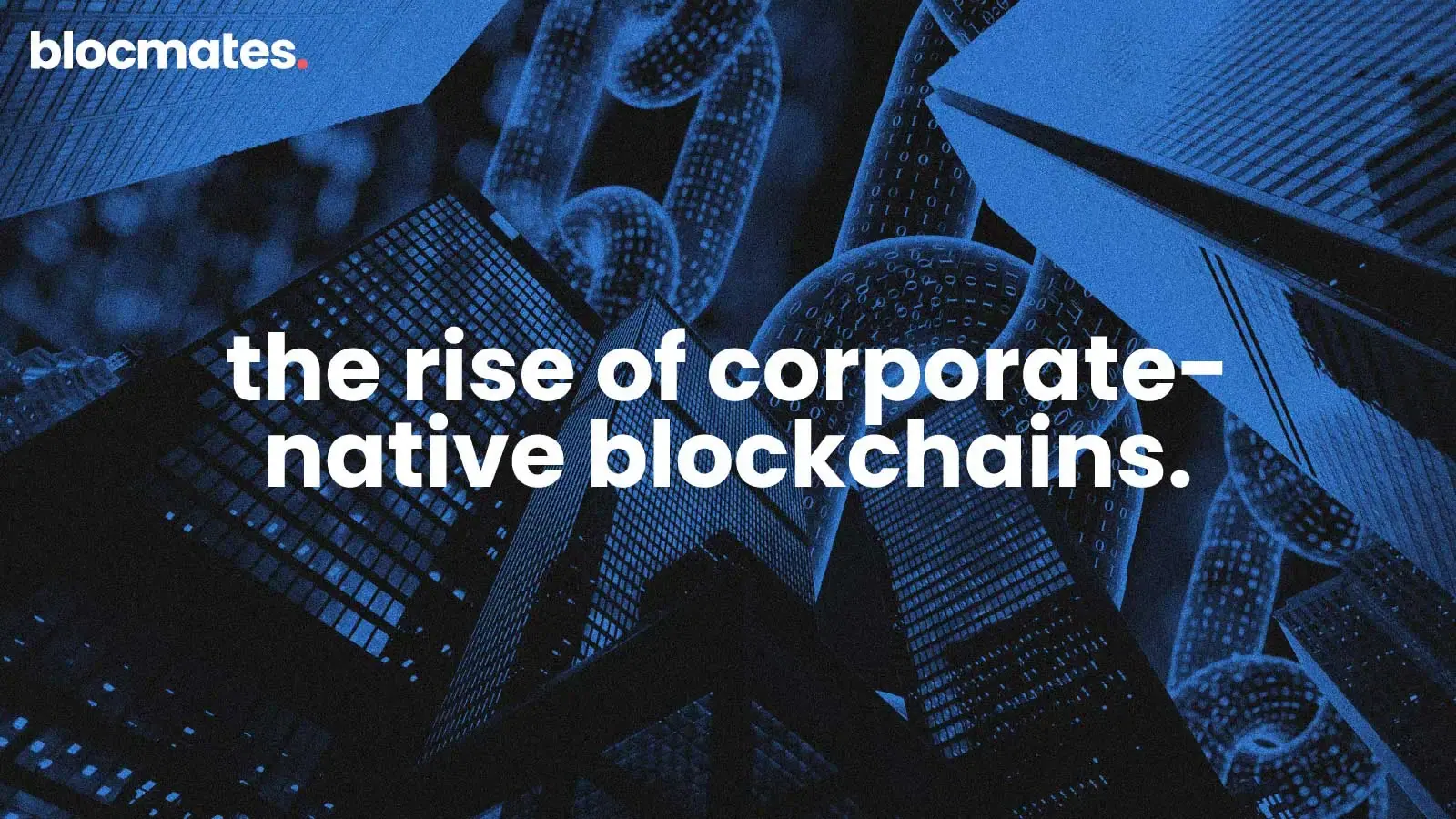
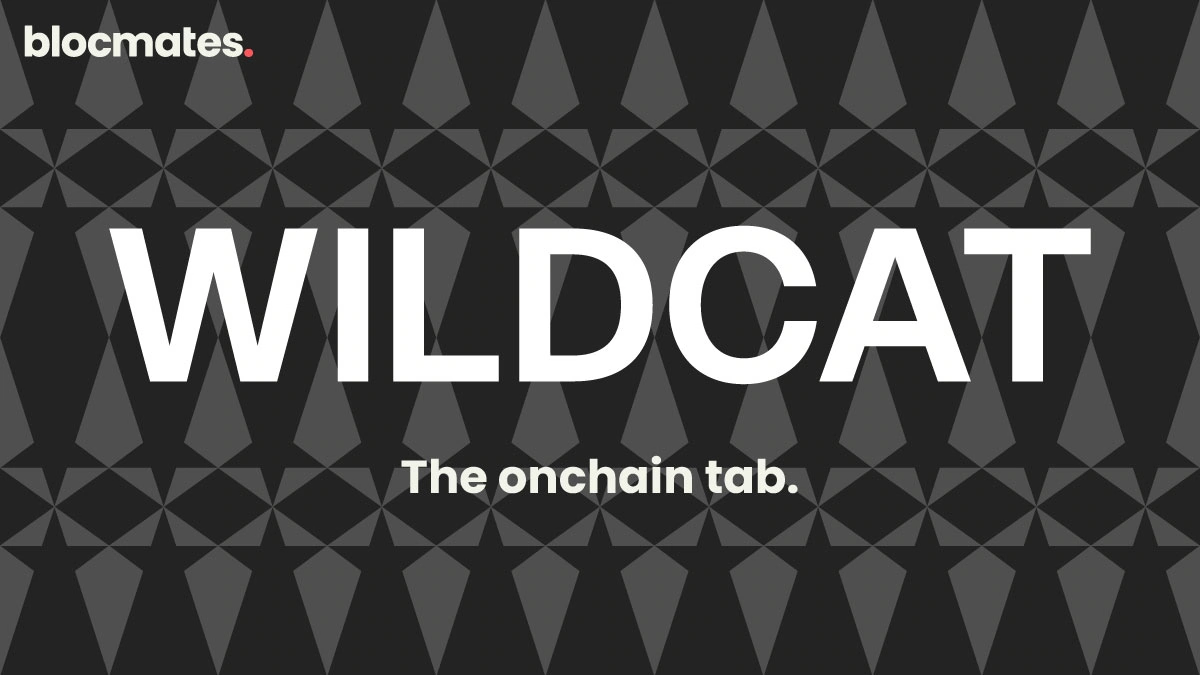
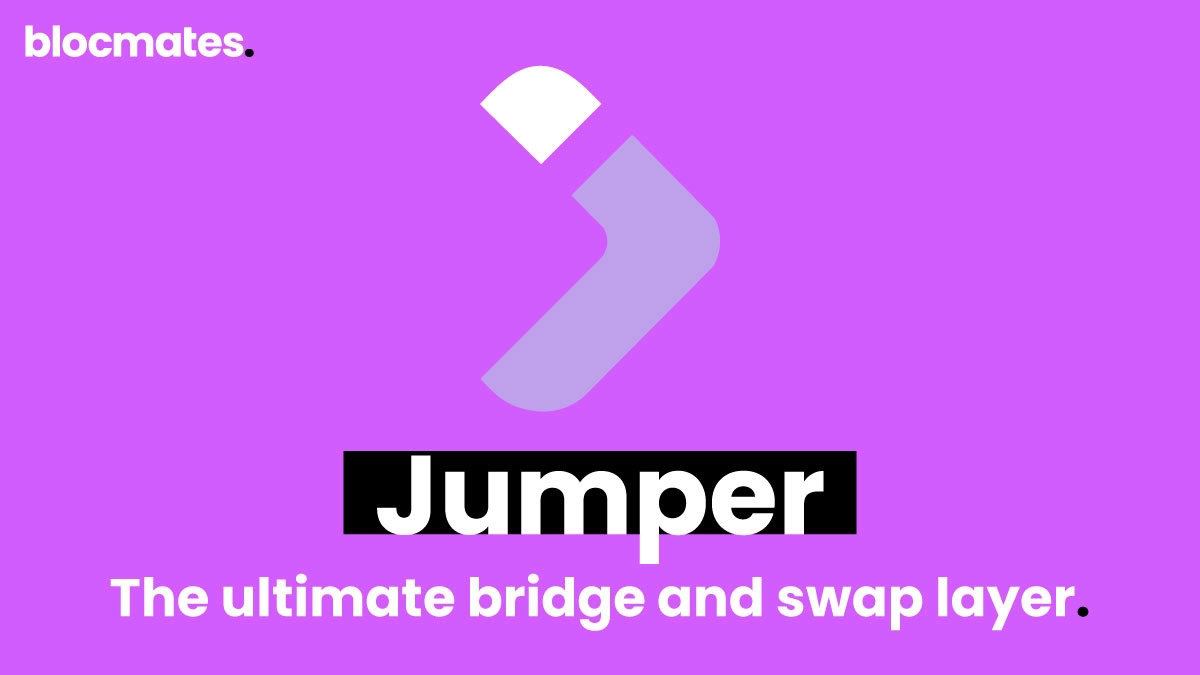
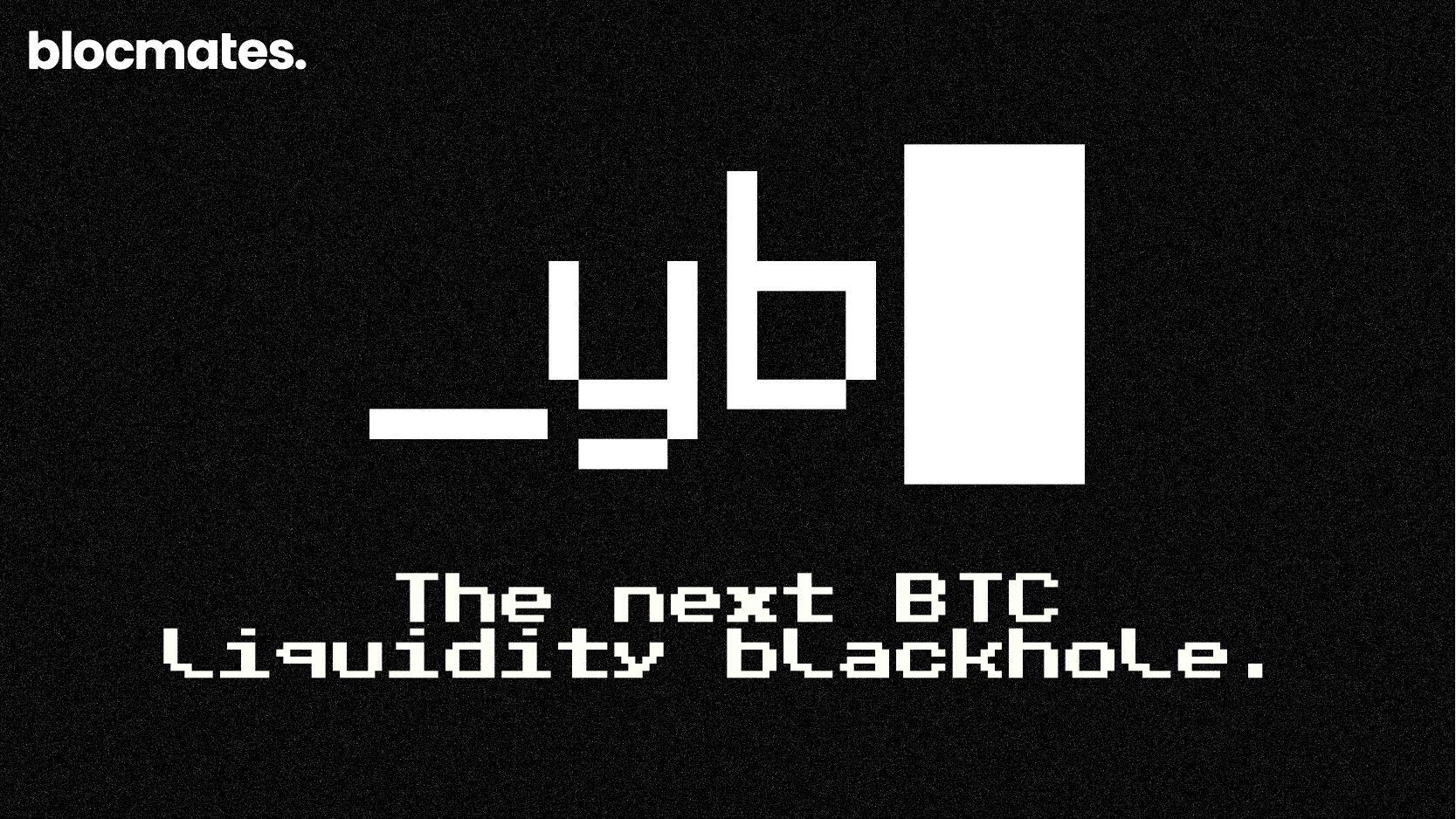
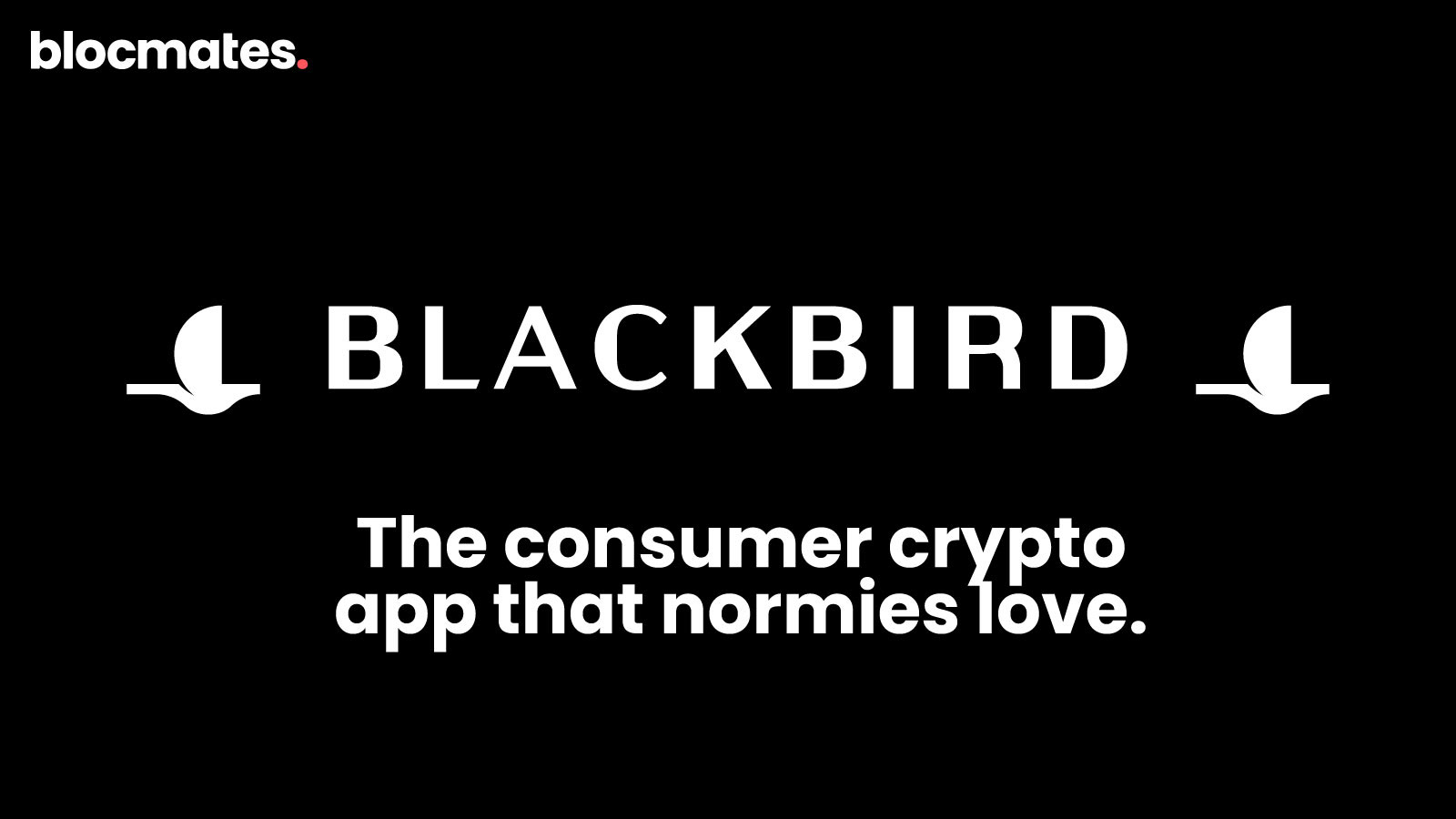
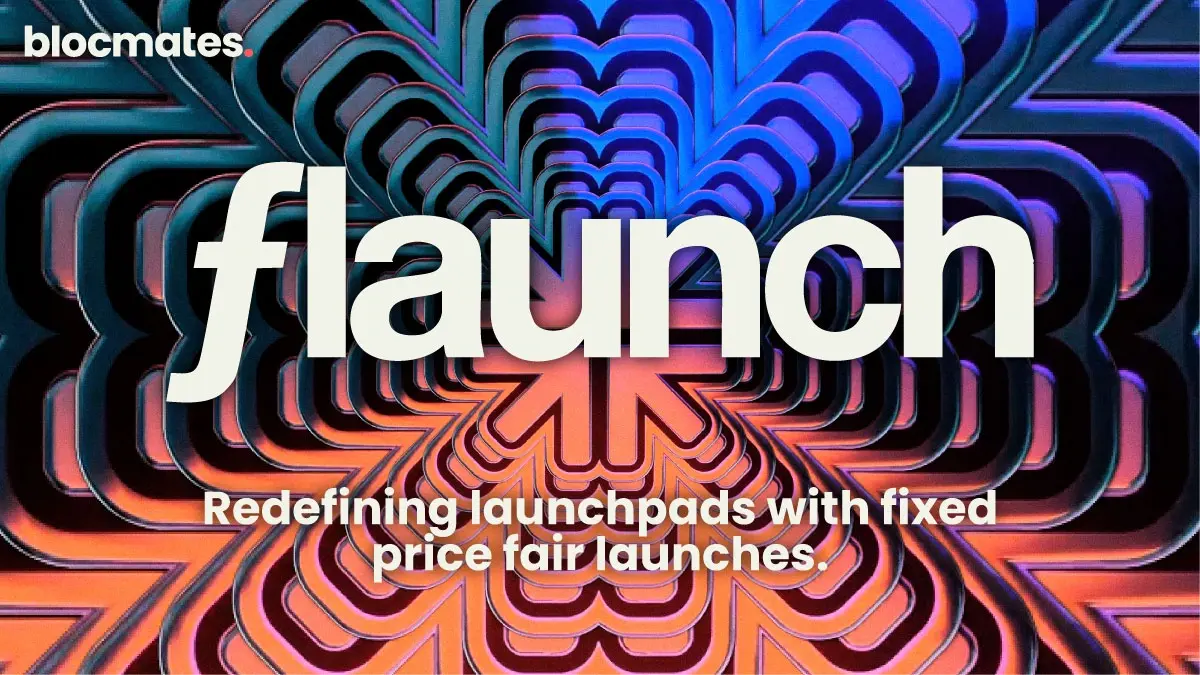

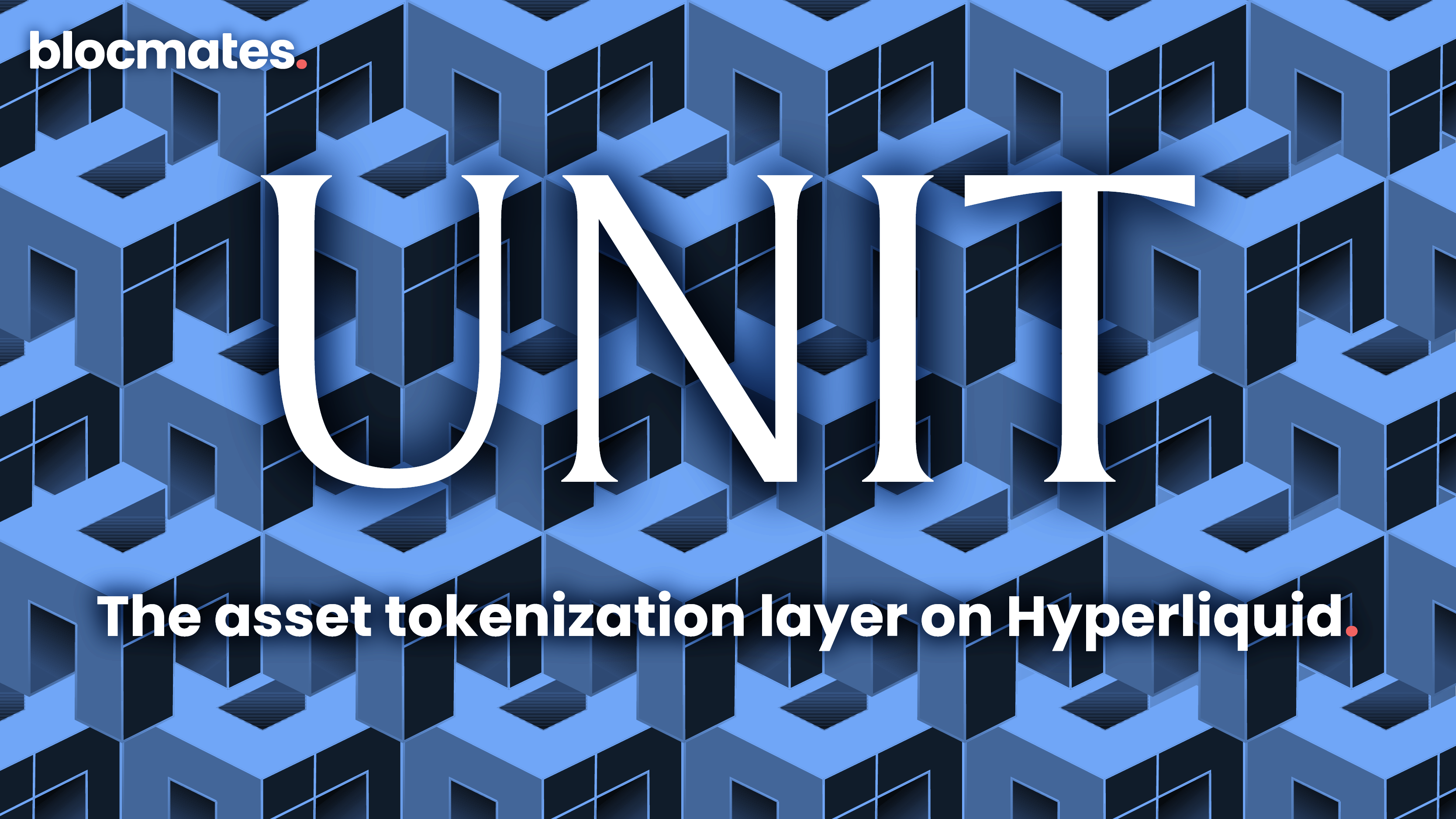



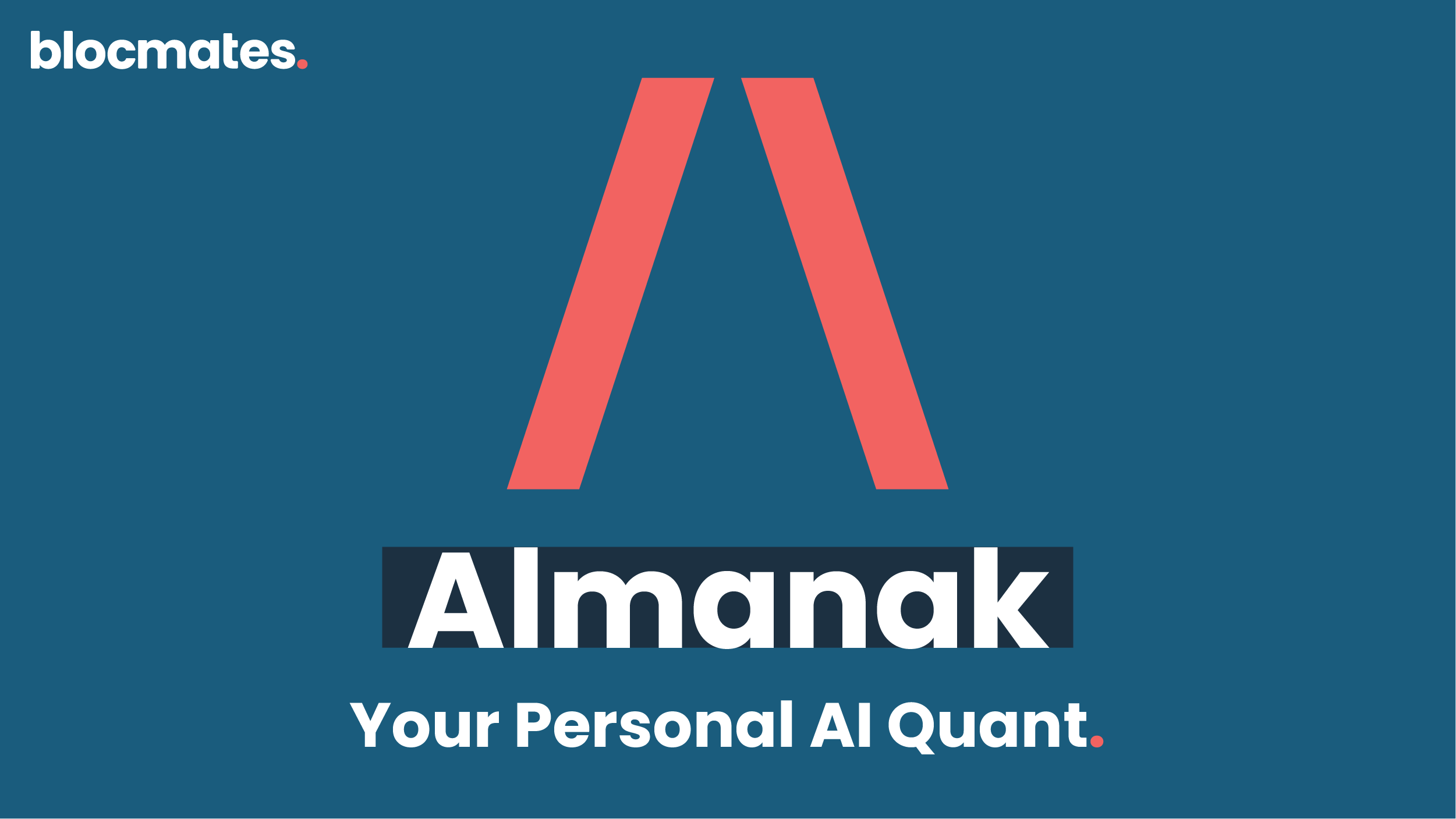
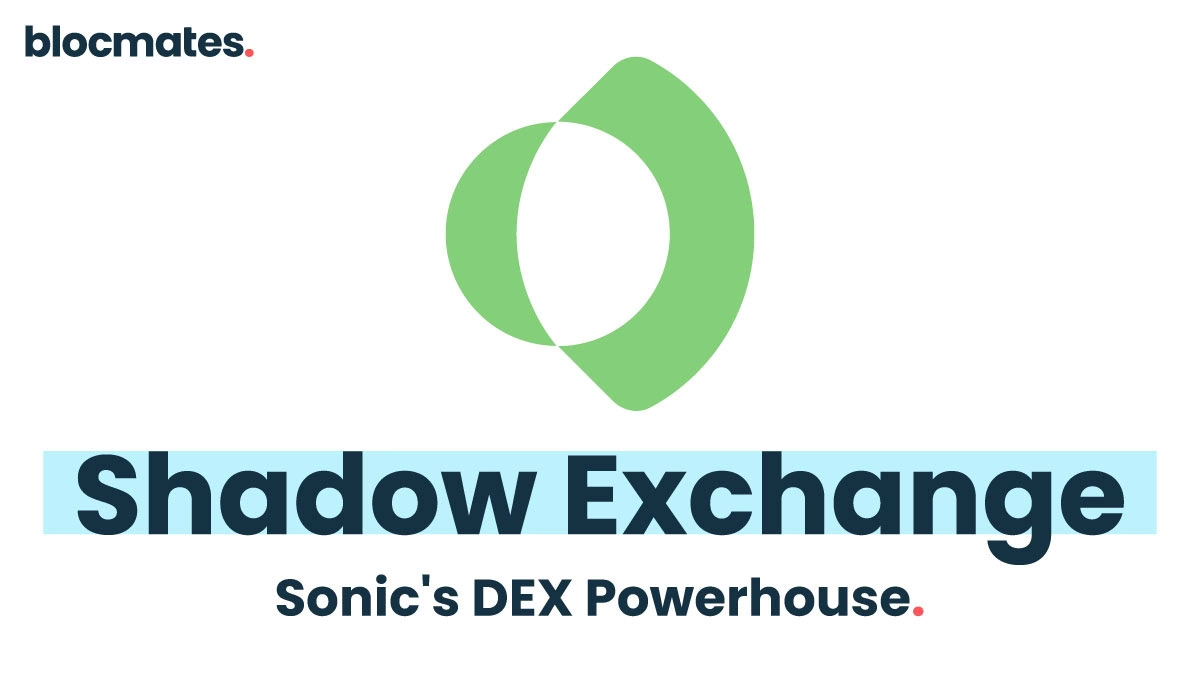


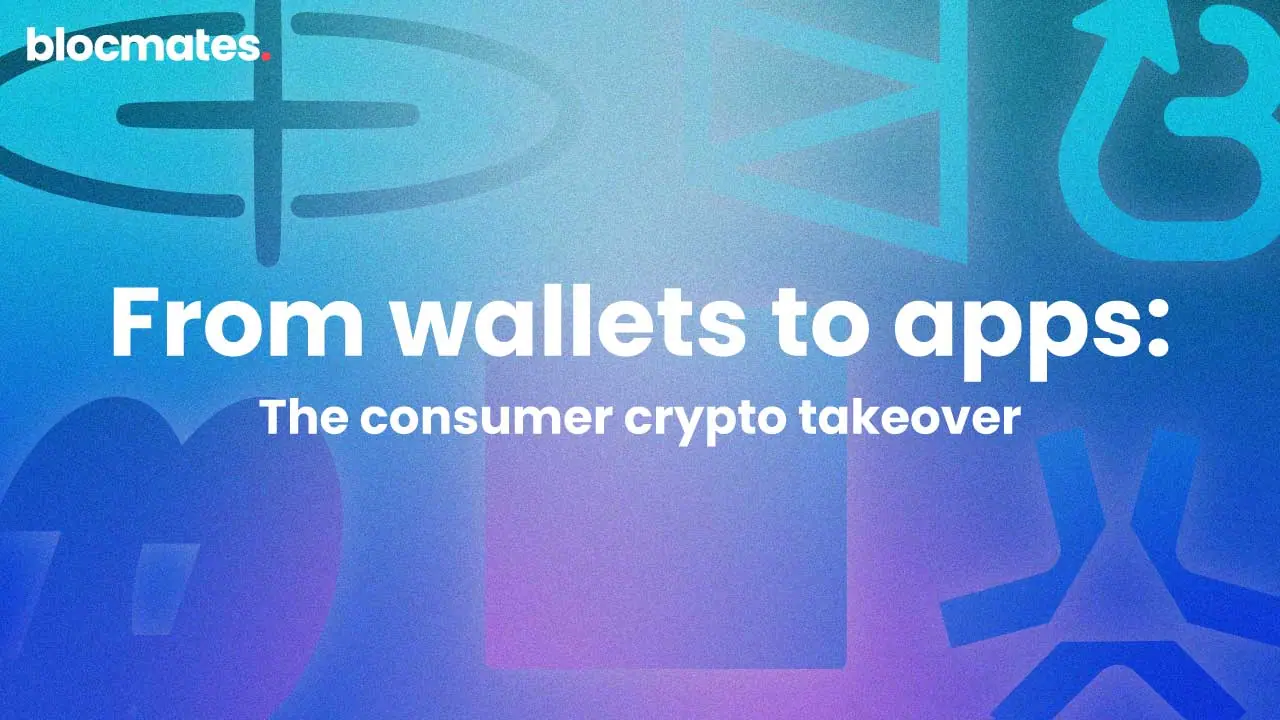


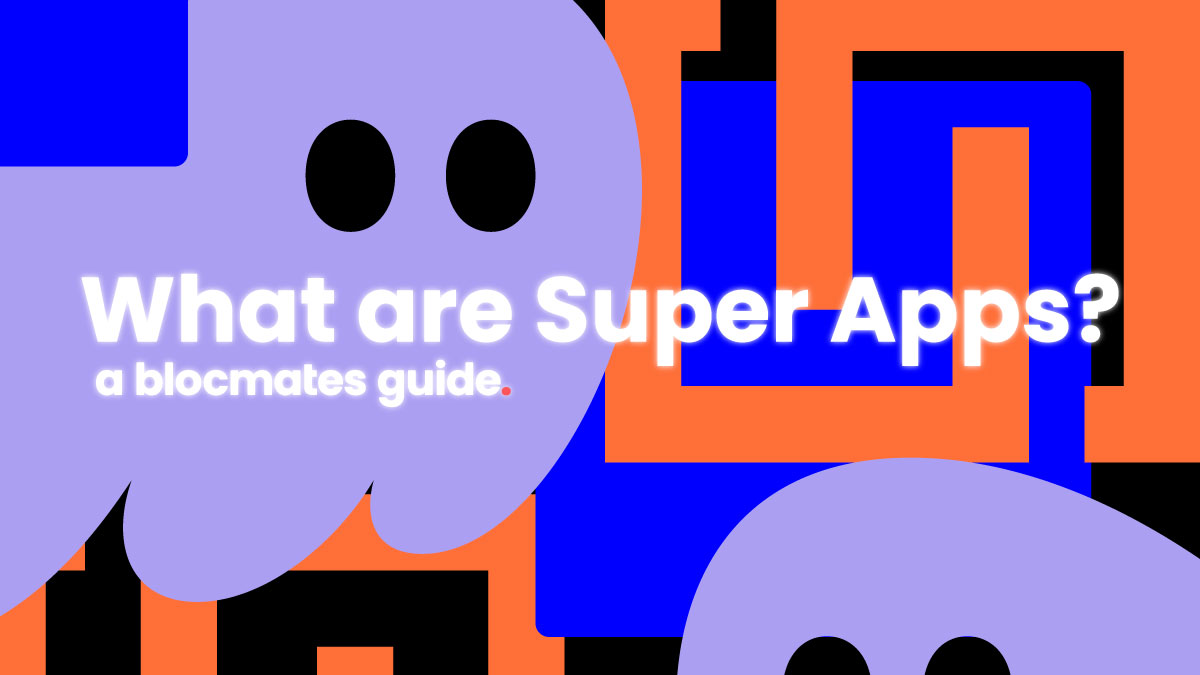
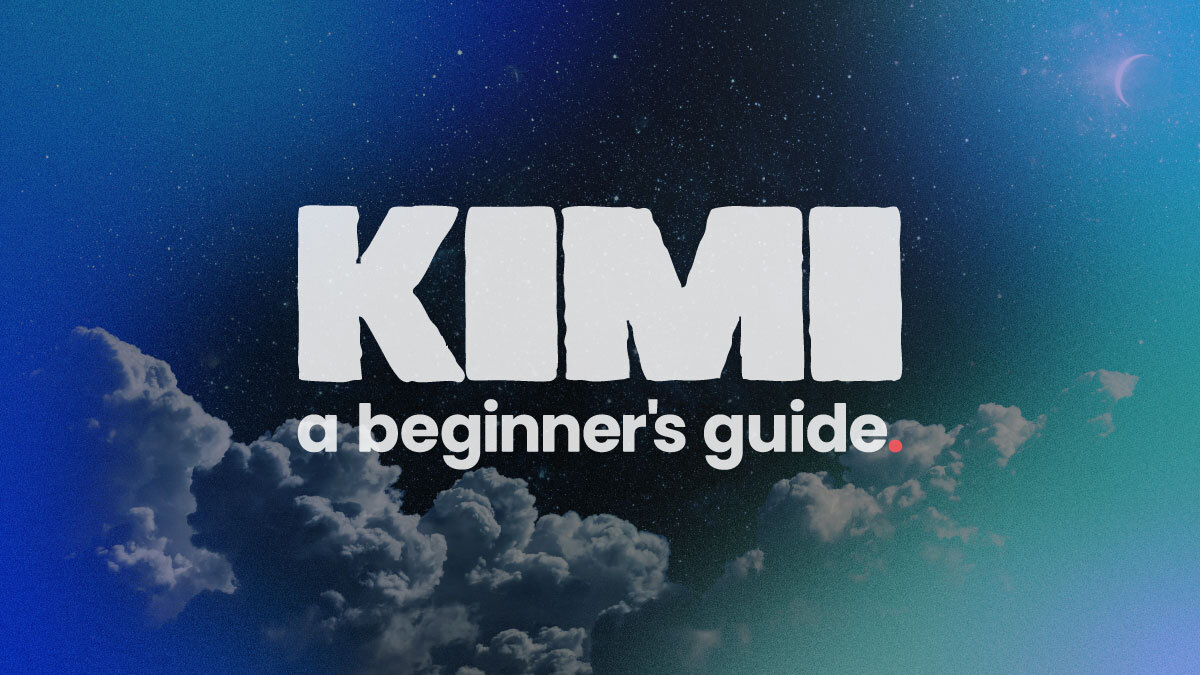
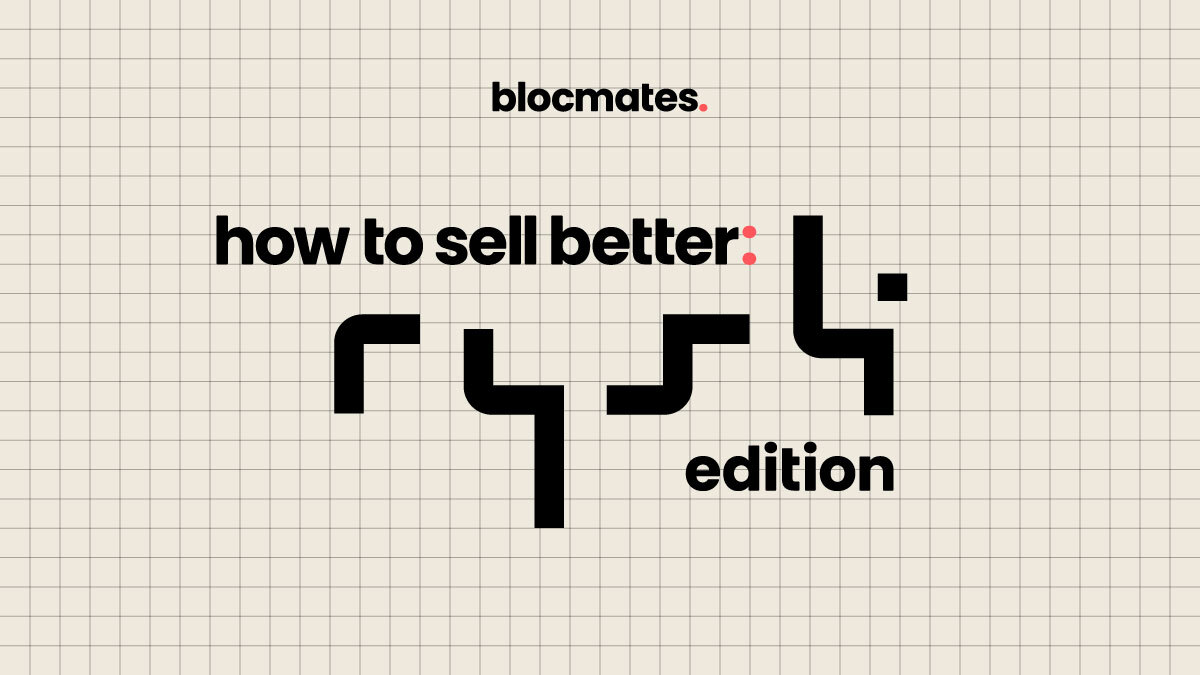
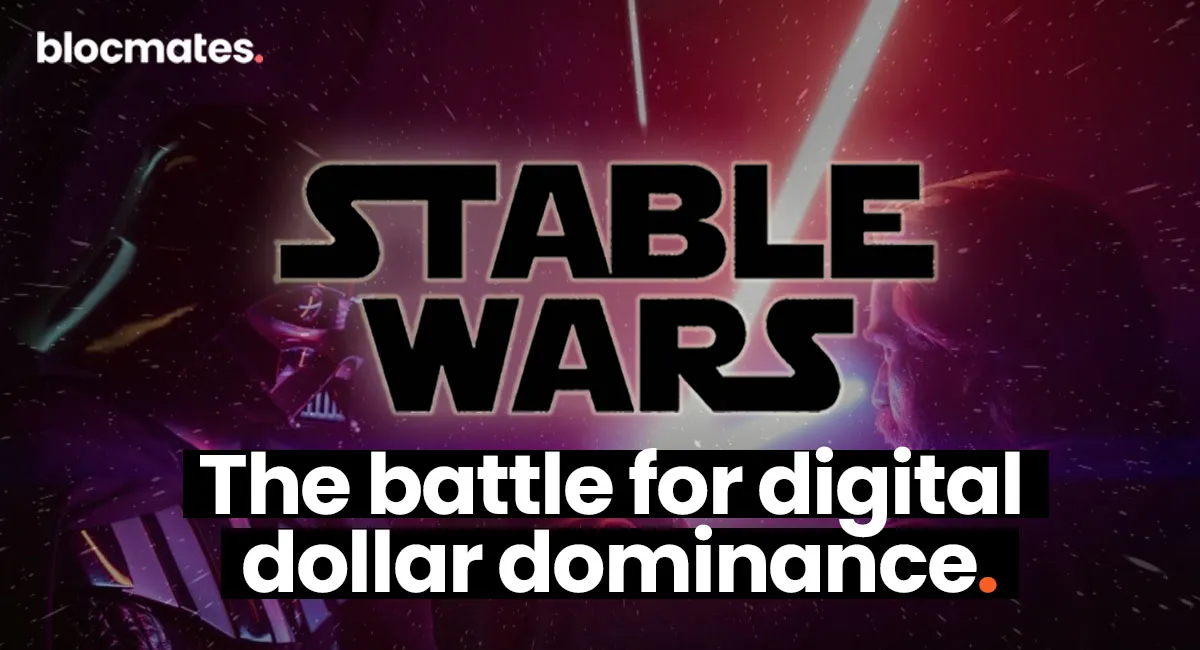

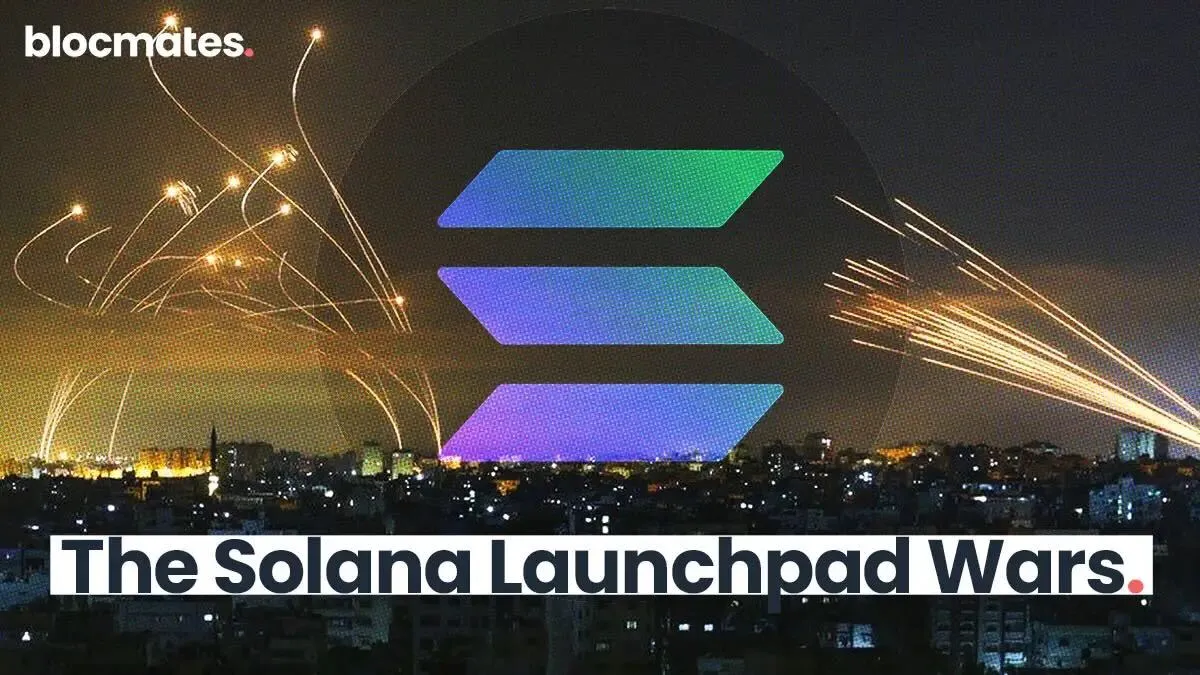




















%202.webp)


.webp)

.webp)
.webp)
.webp)



.webp)

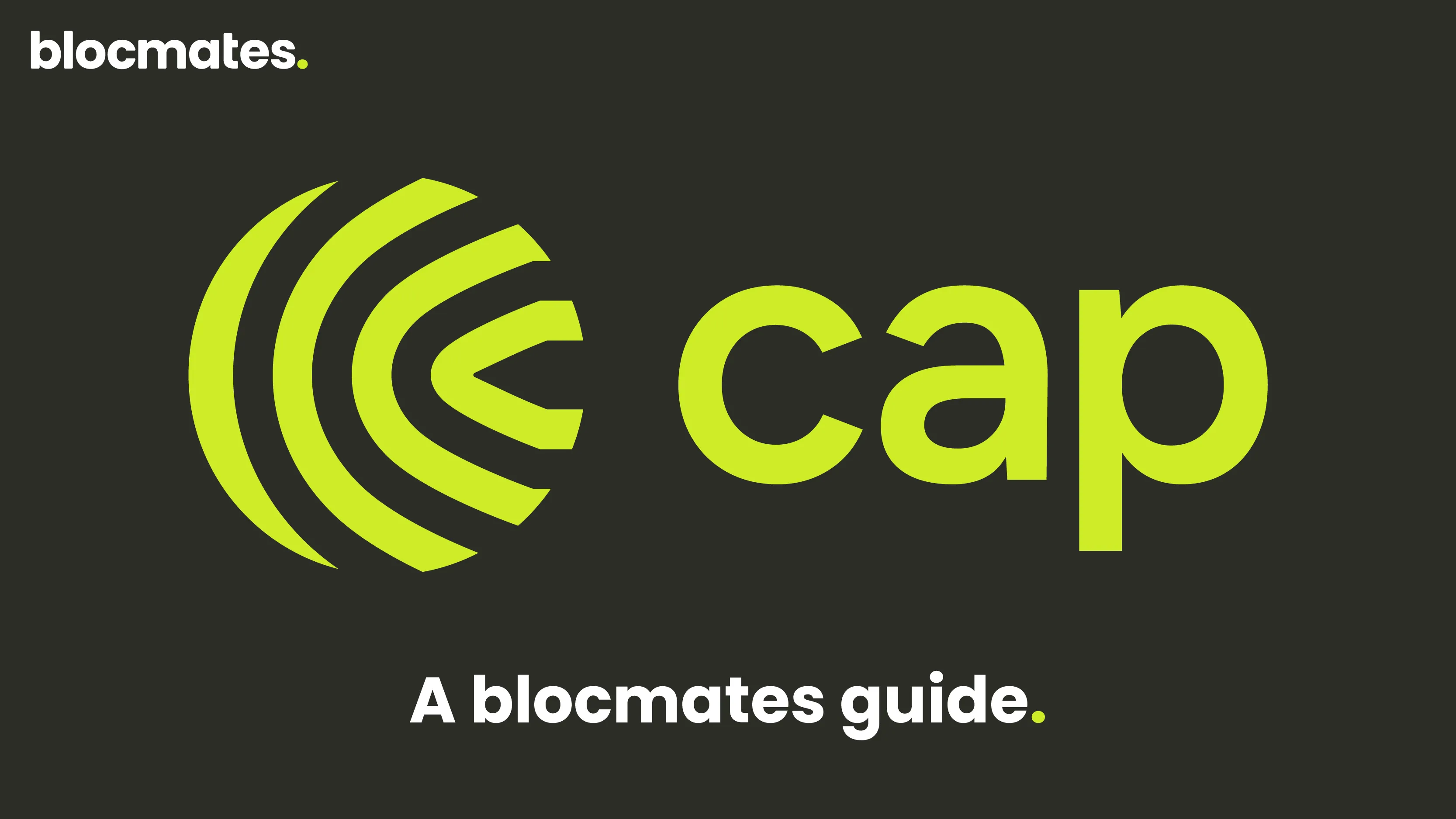










%20the%20Next%20Big%20Unlock%20in%20AI.webp)




.webp)
.webp)

.webp)
.webp)
.webp)


.webp)
.webp)










.webp)


.webp)









.webp)







.webp)
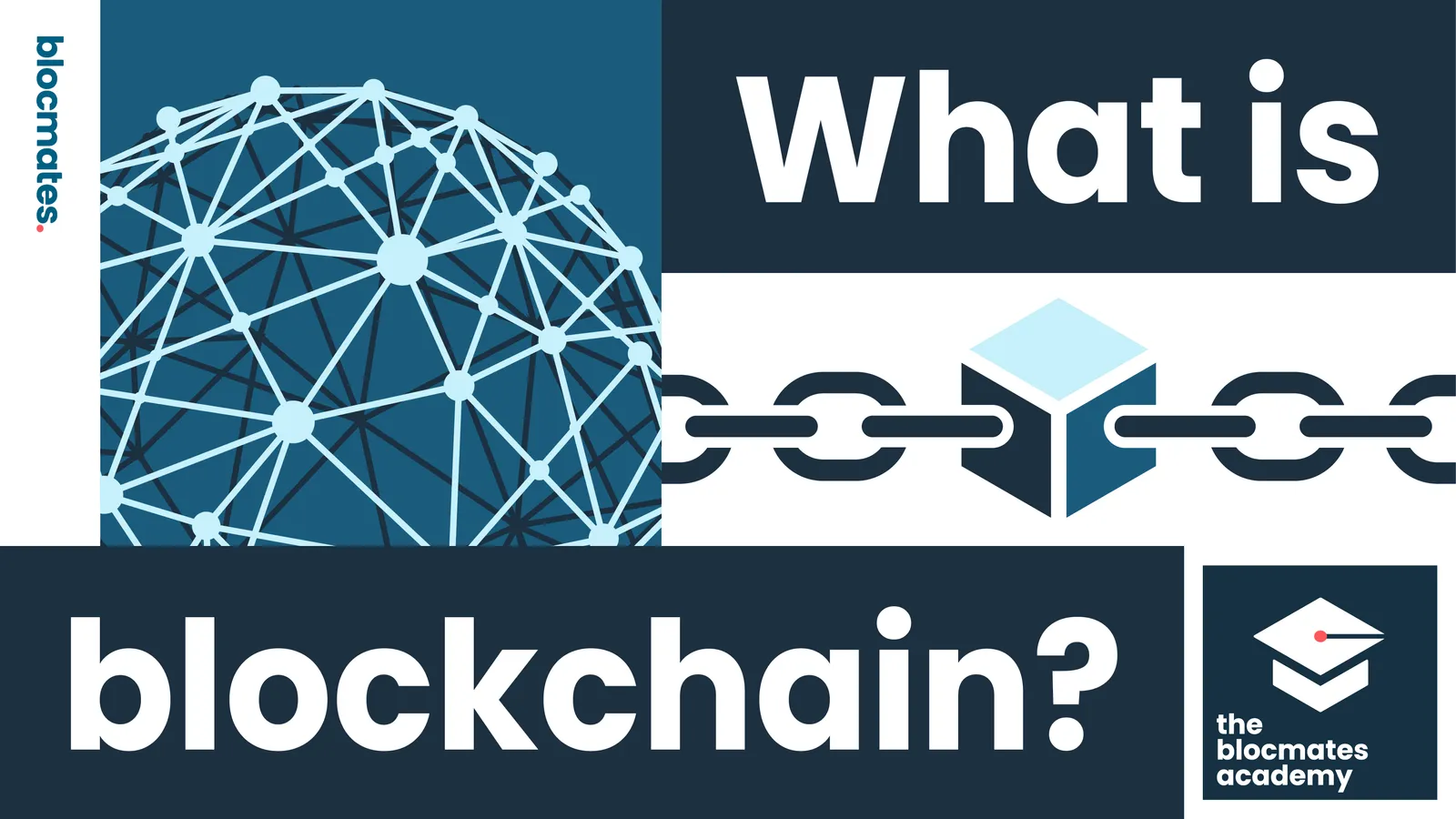



.webp)






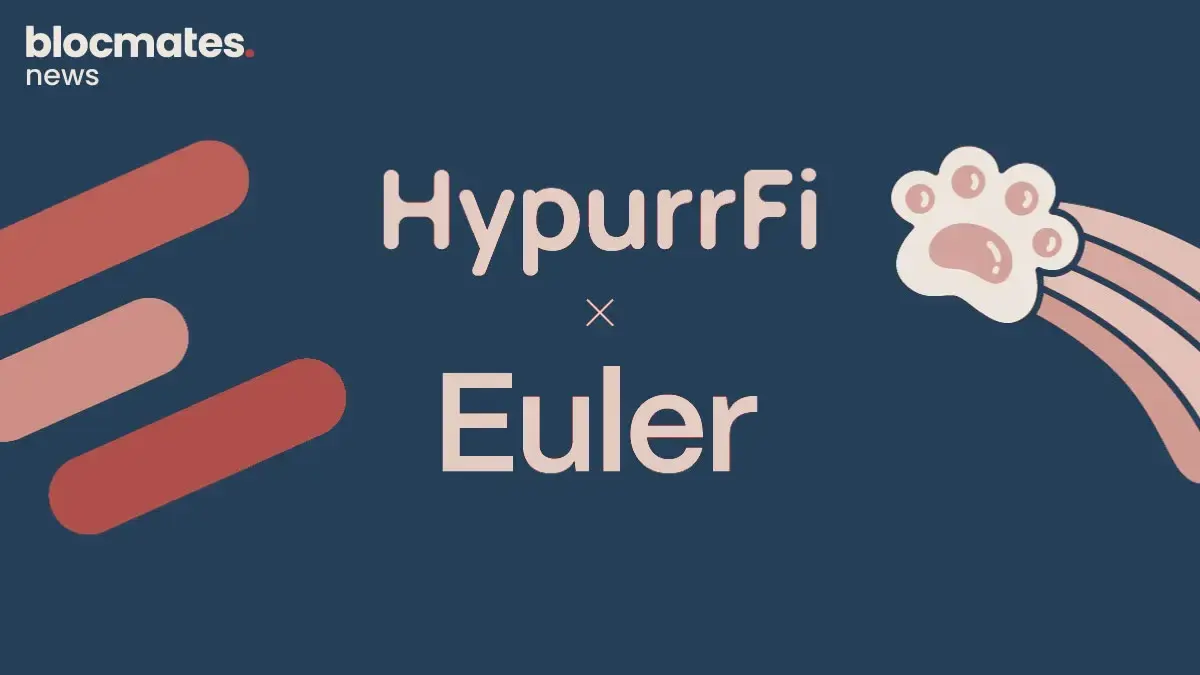









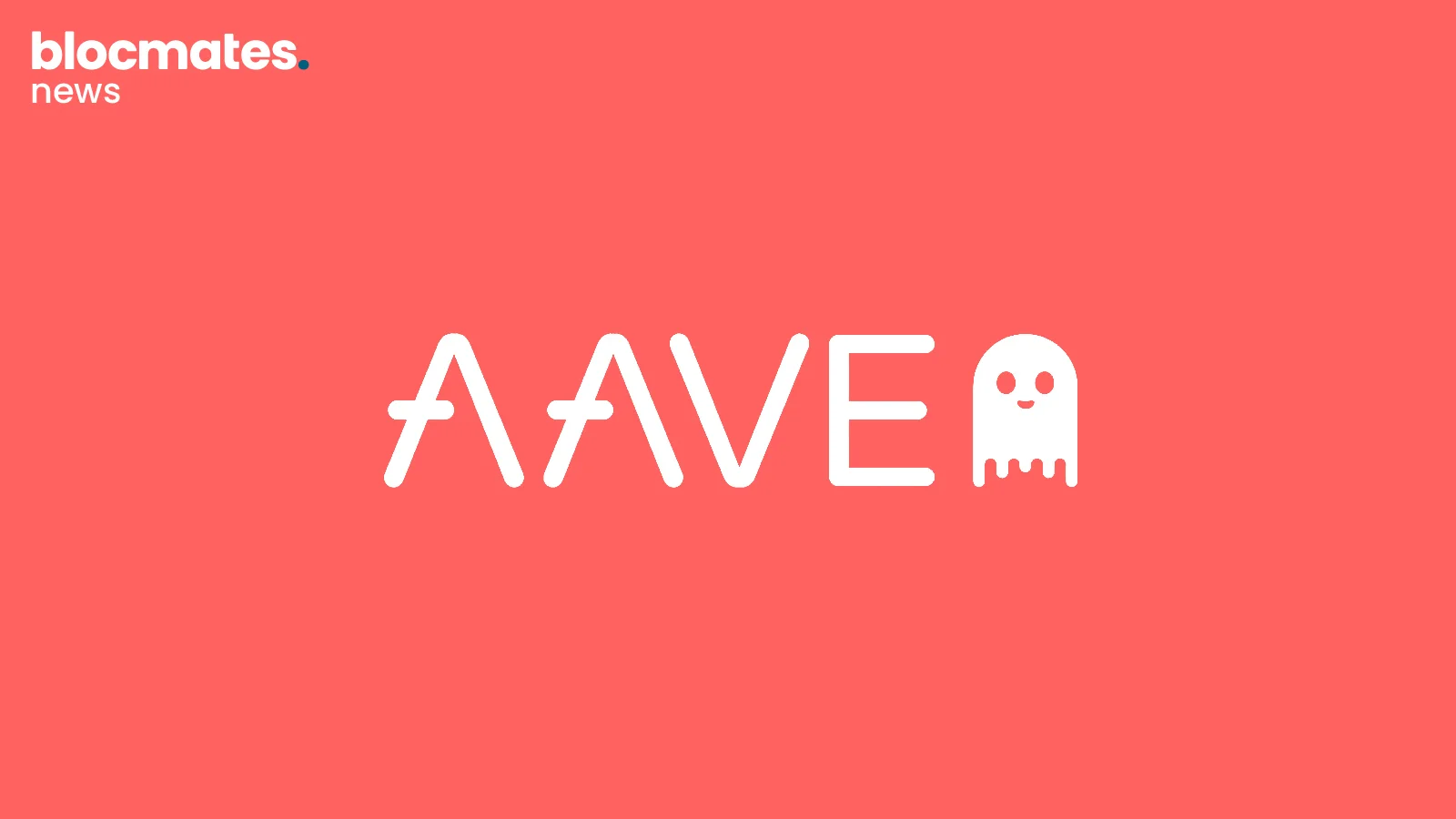
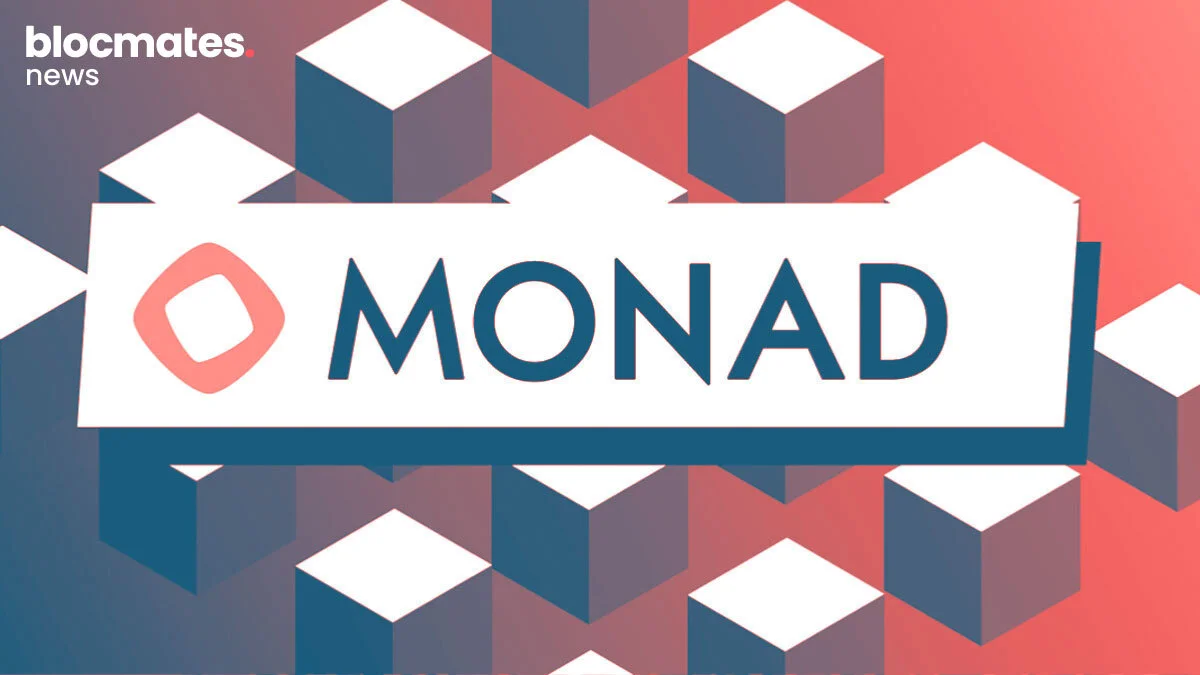
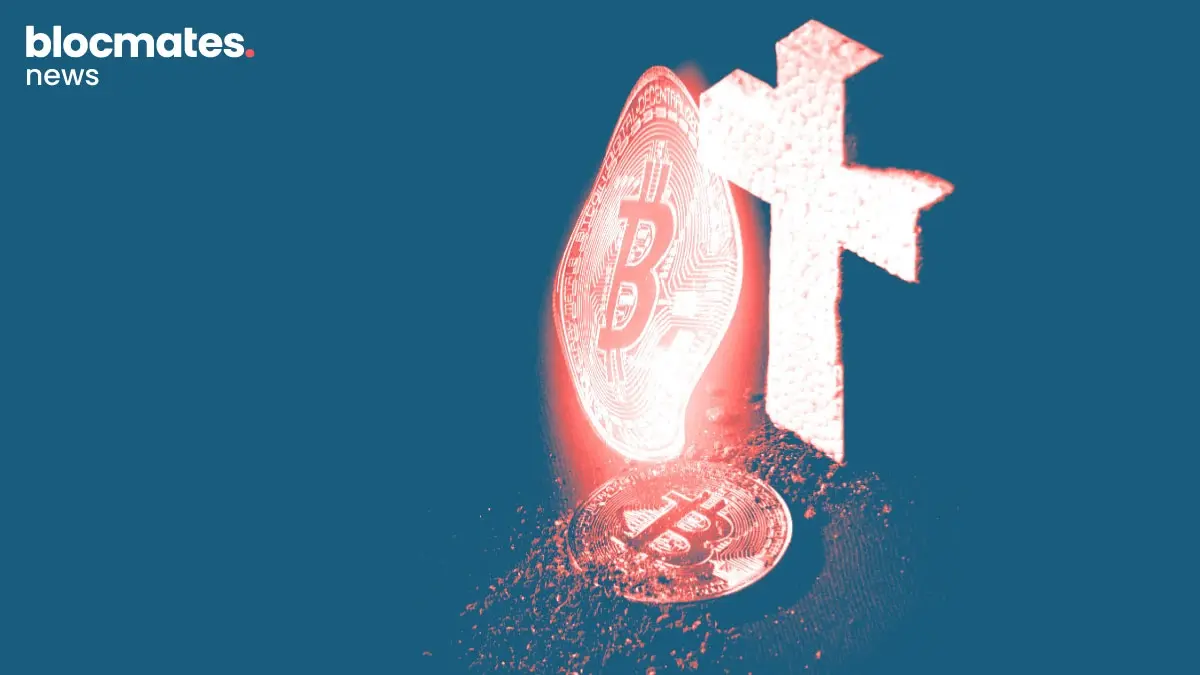

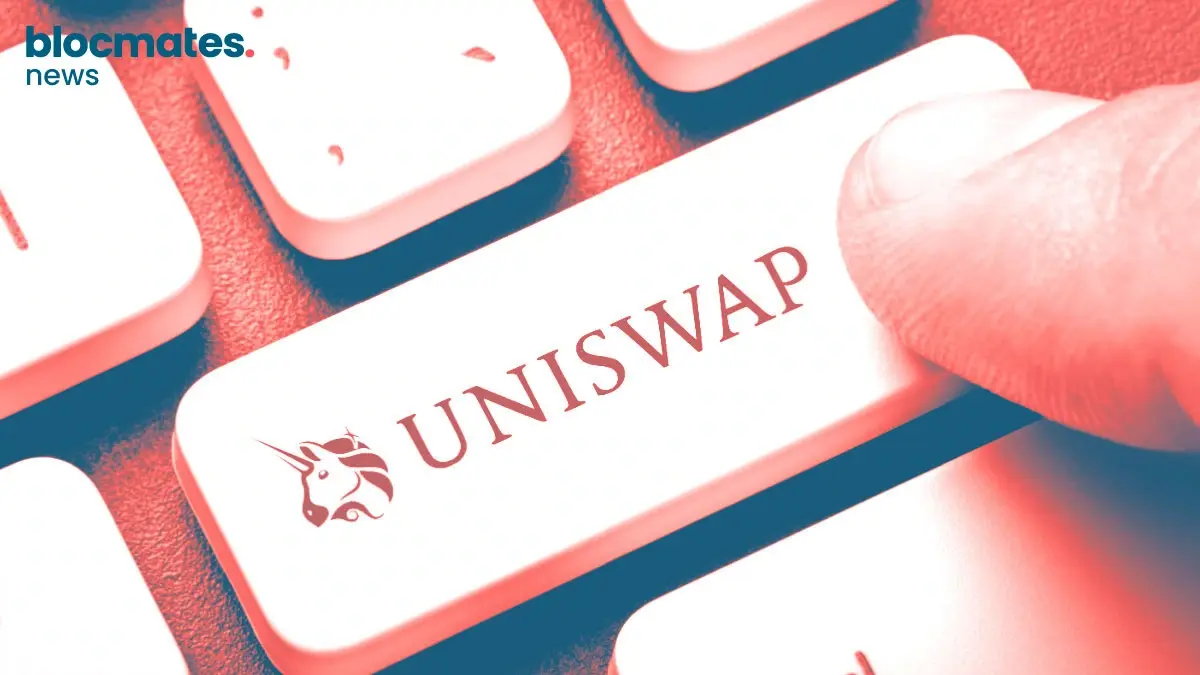

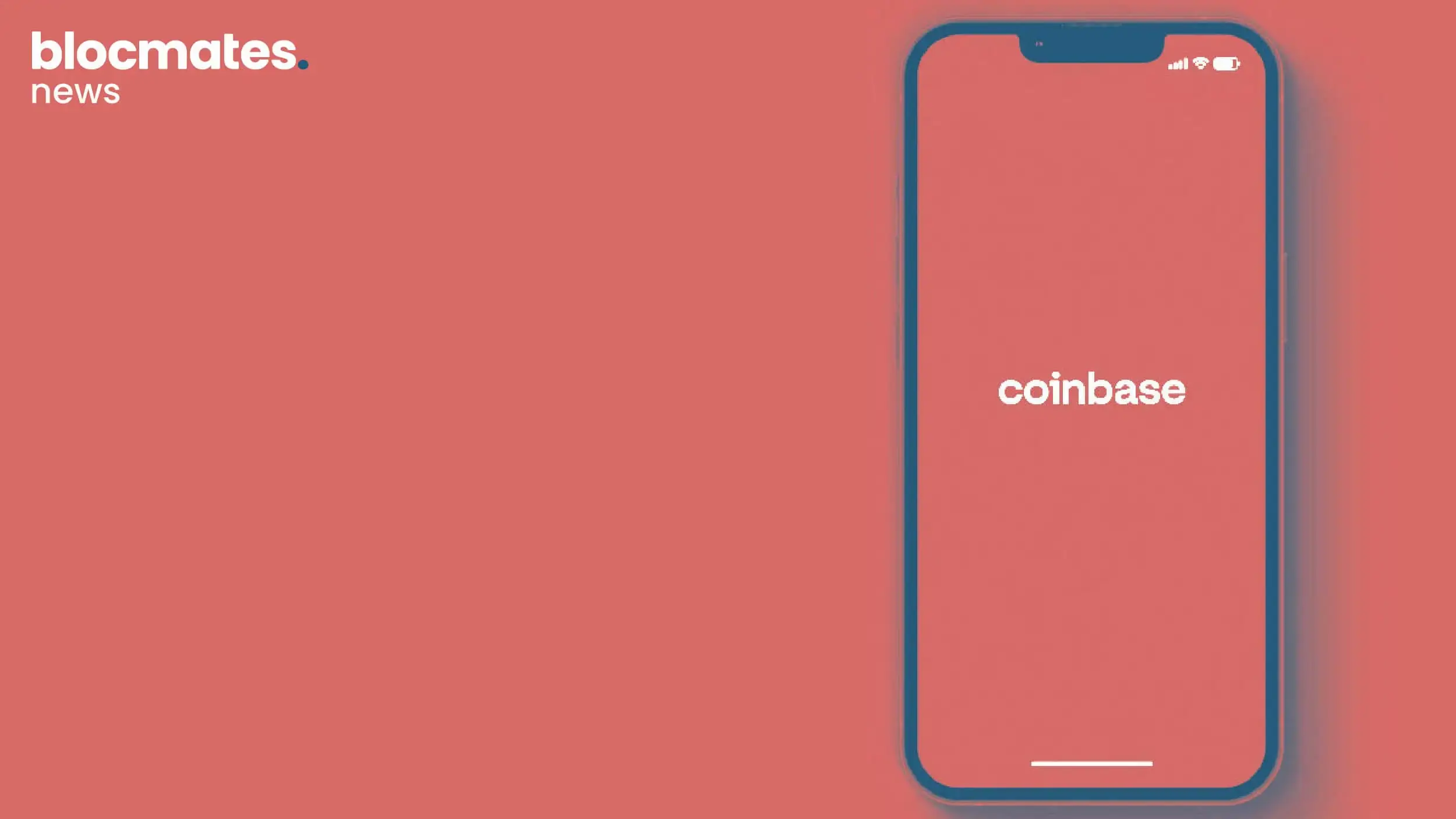
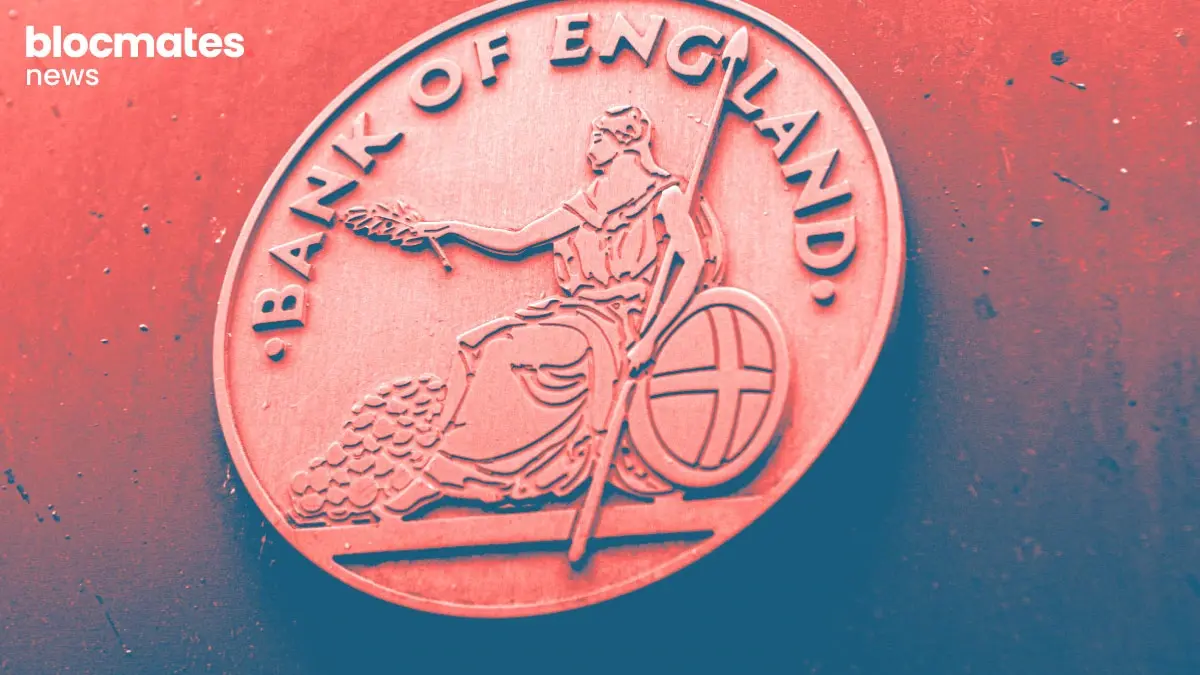


.webp)
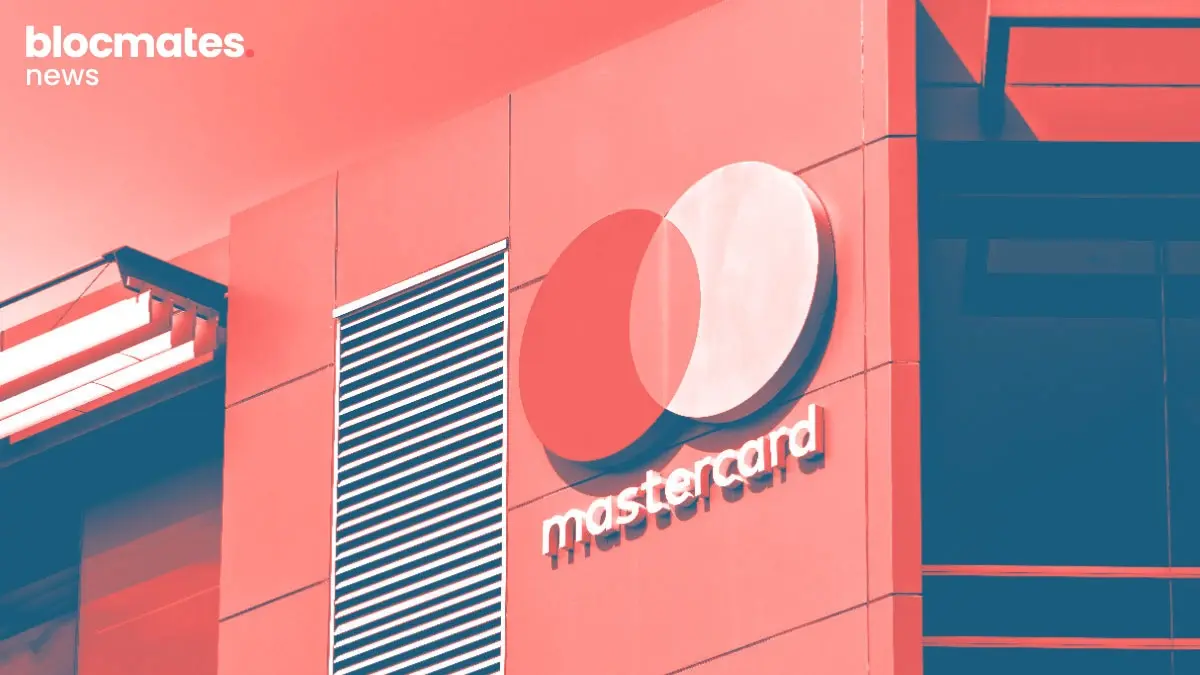


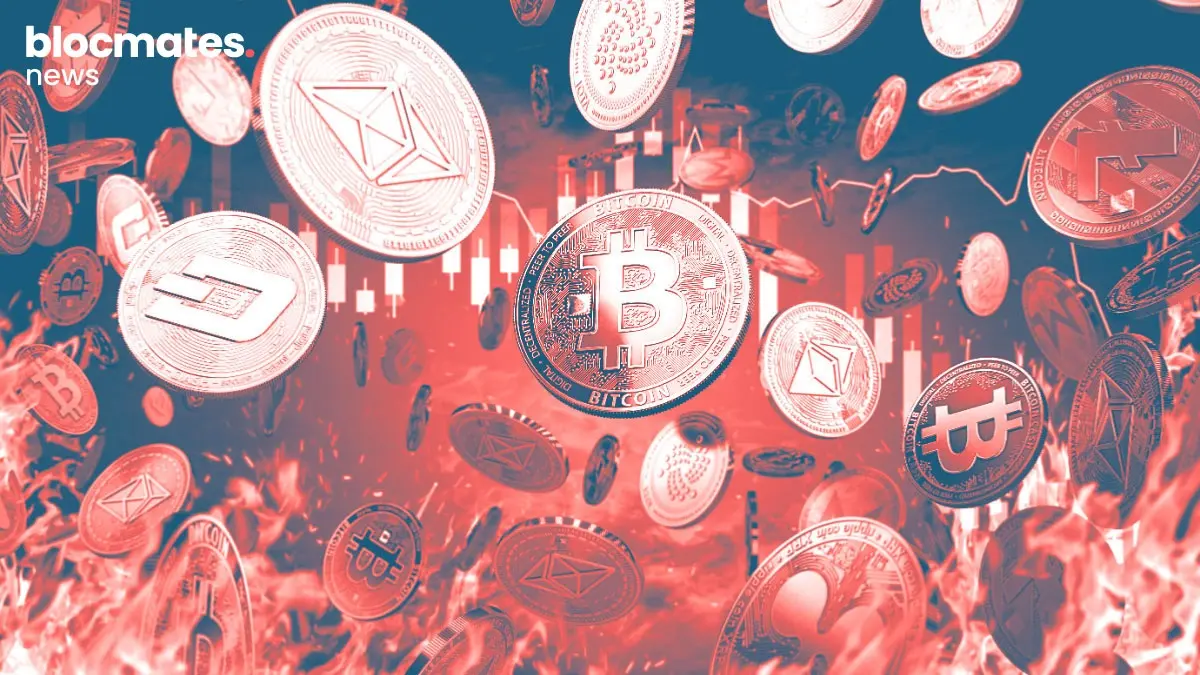
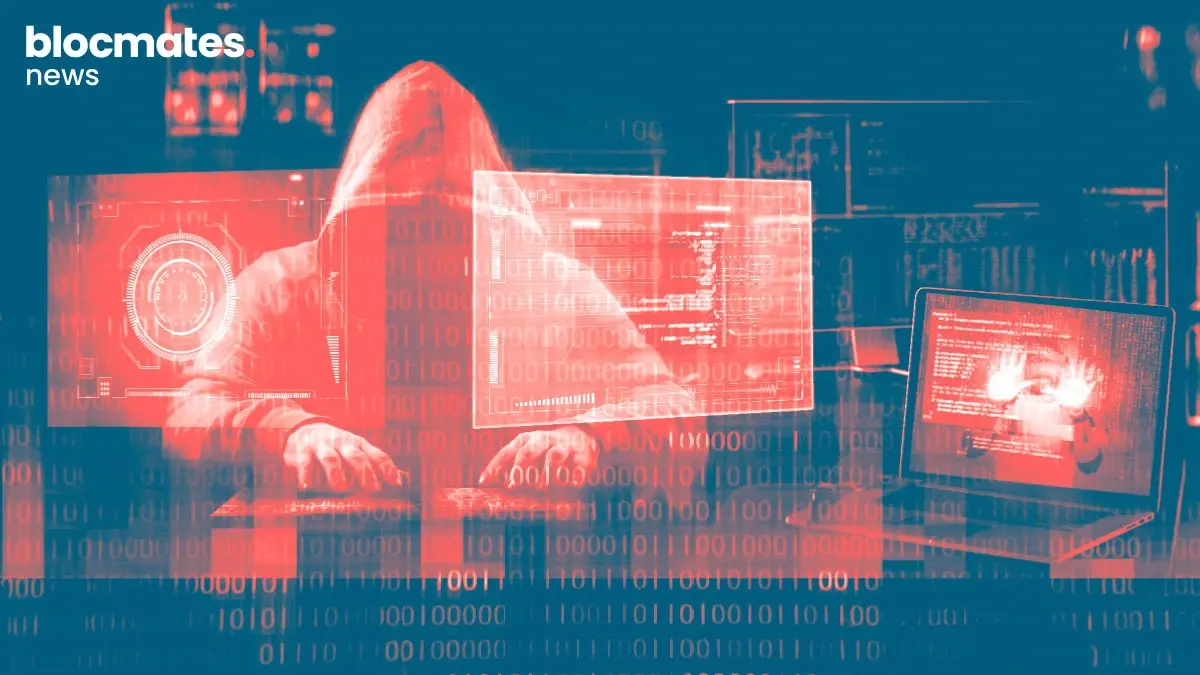


.webp)


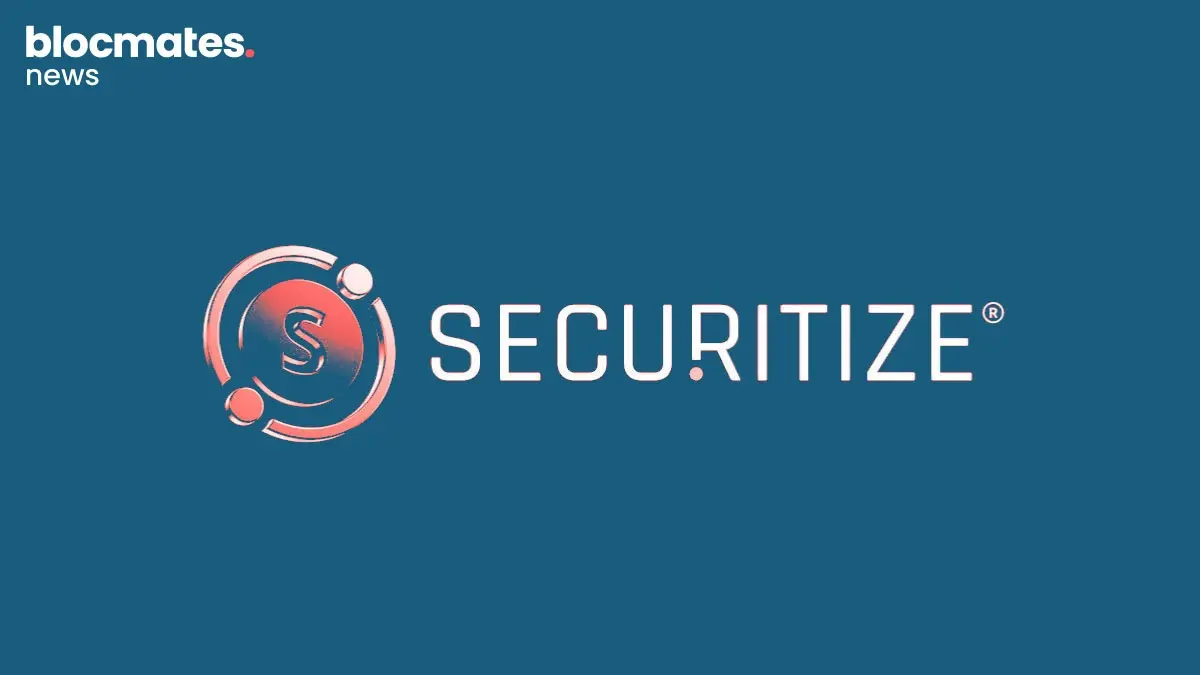

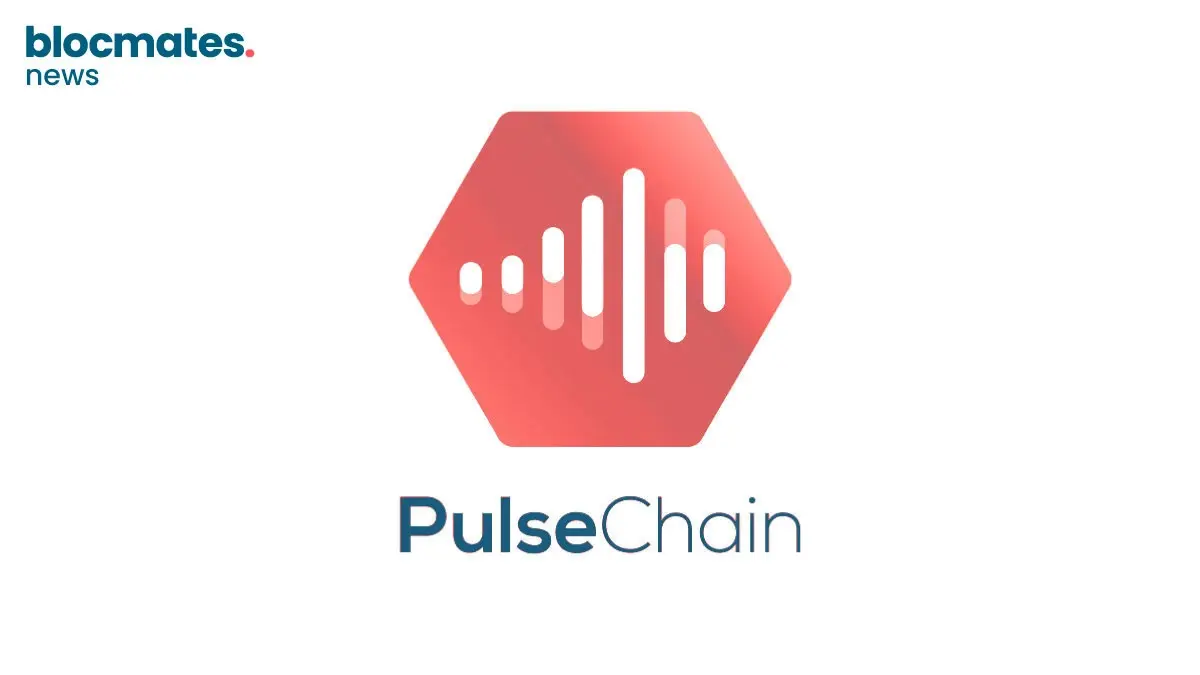
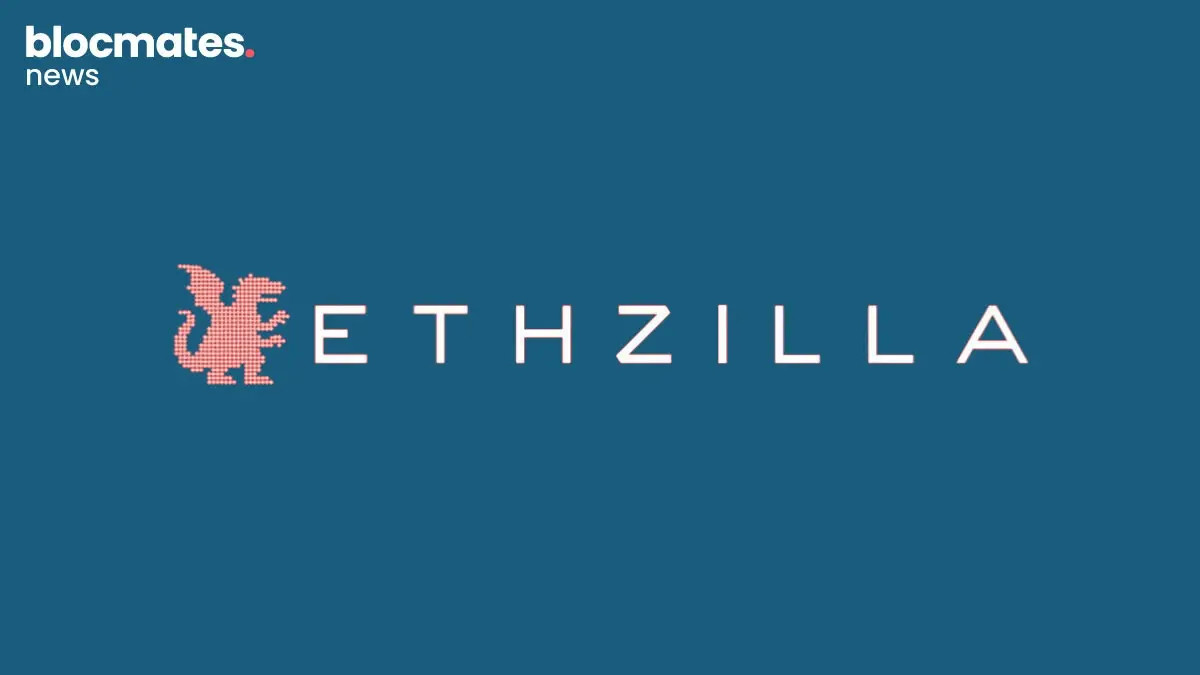
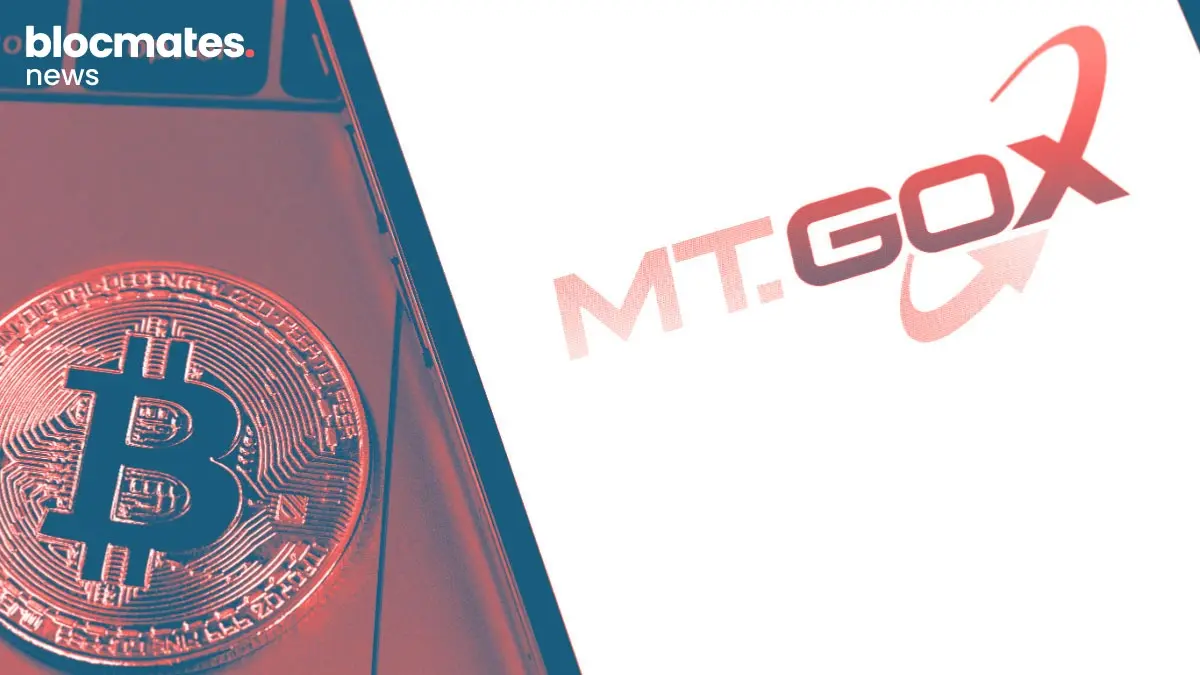

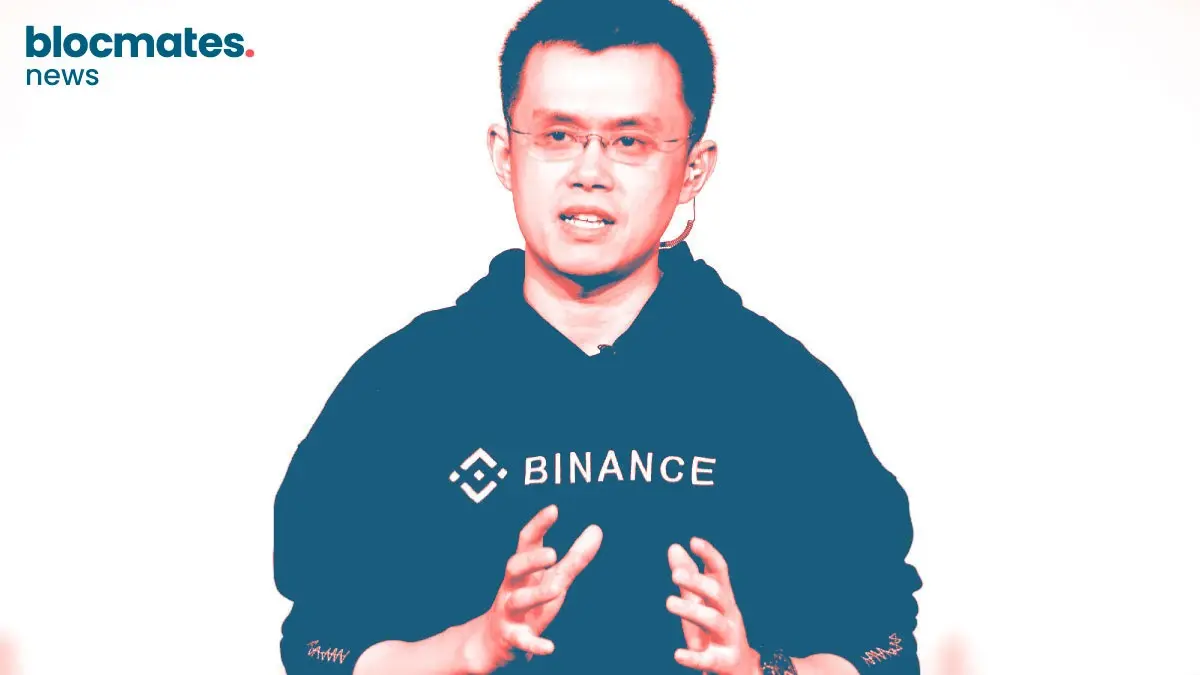


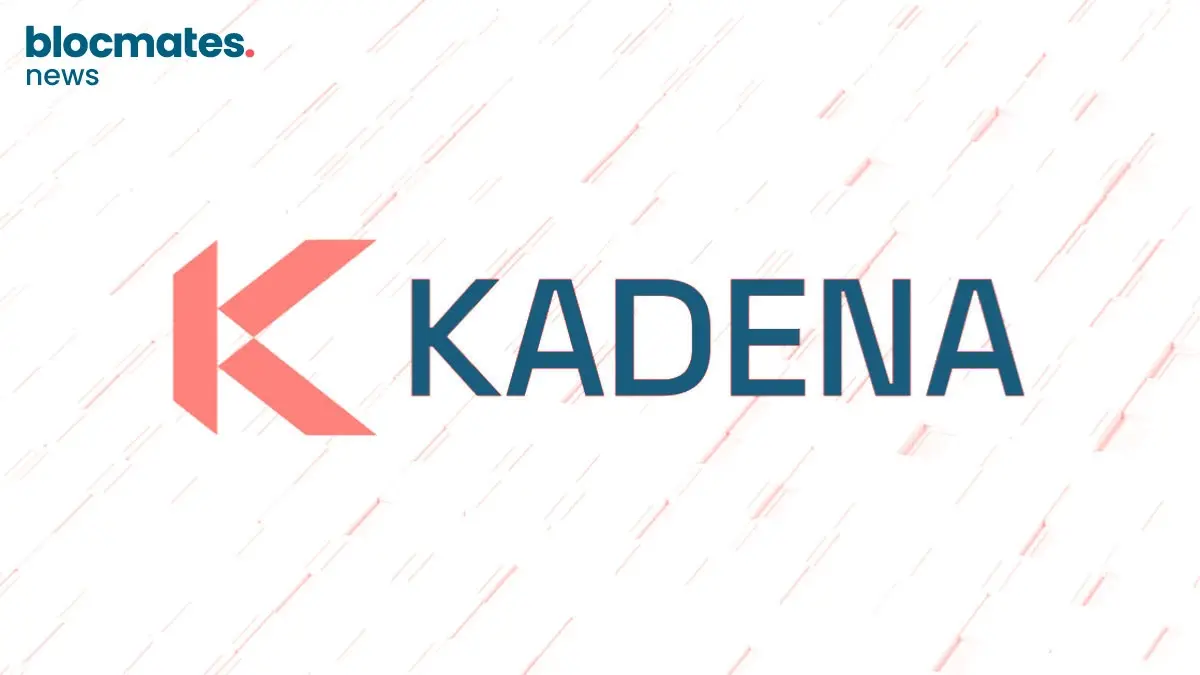

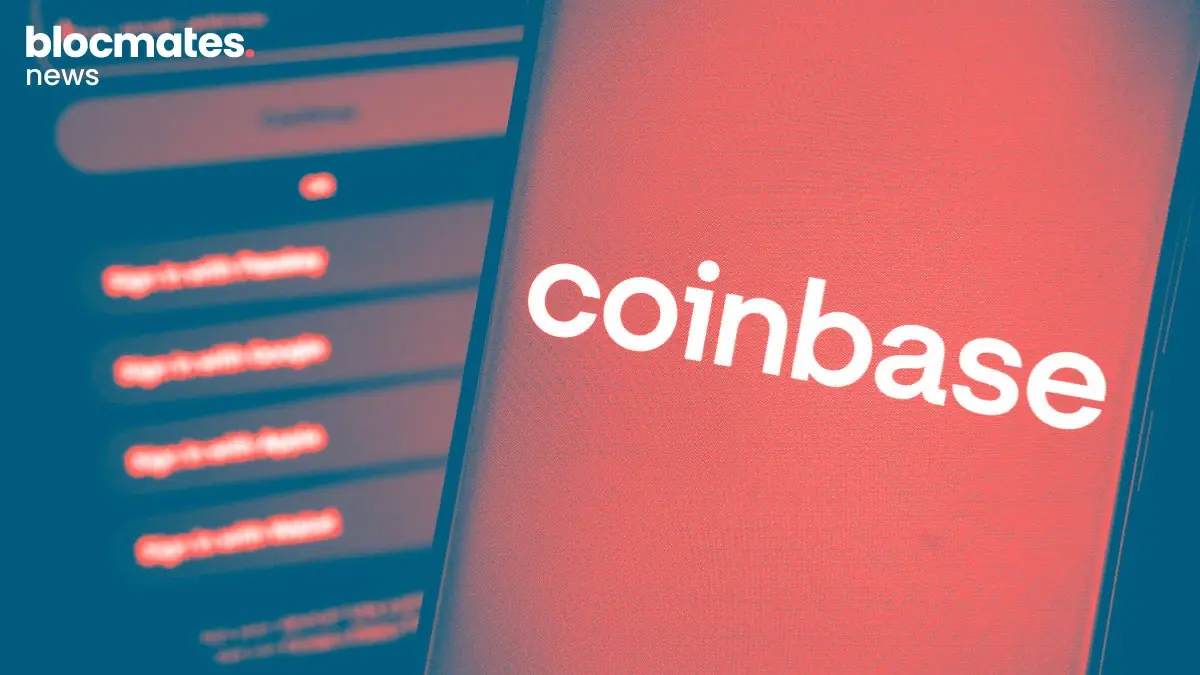
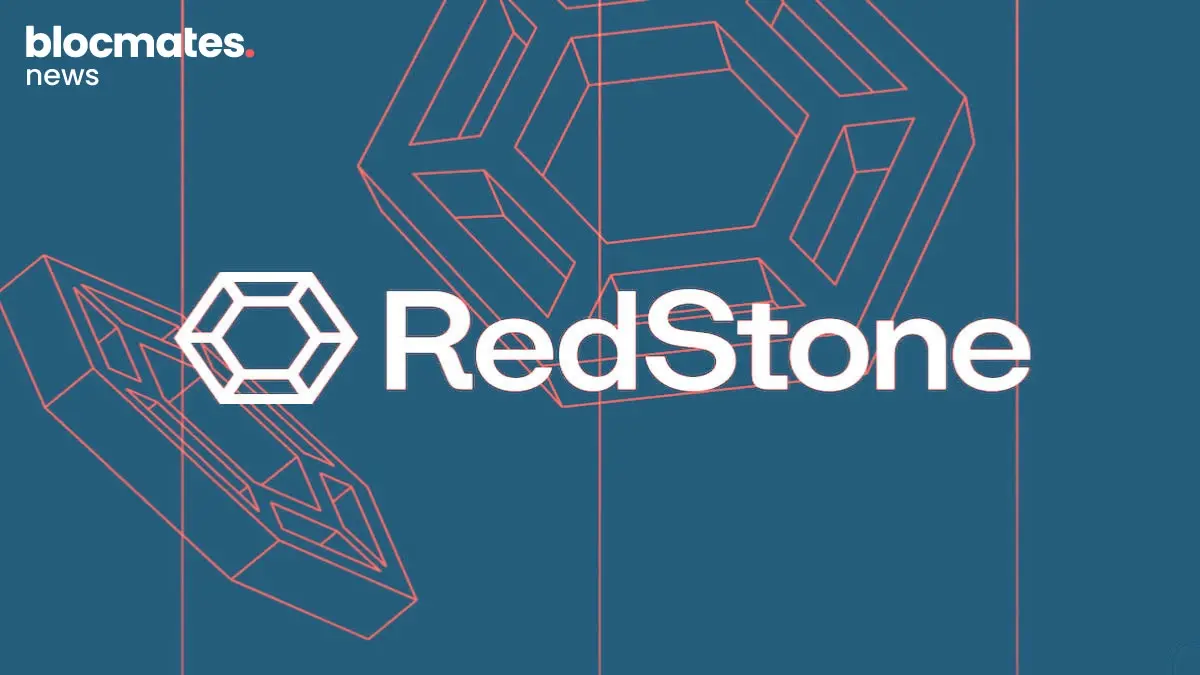
.webp)
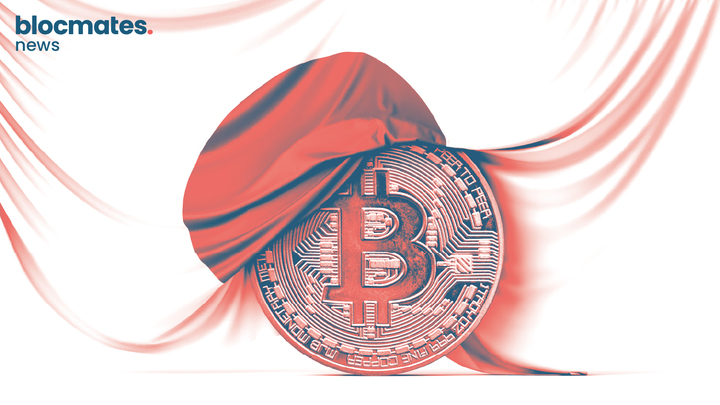
.webp)
.webp)

.webp)


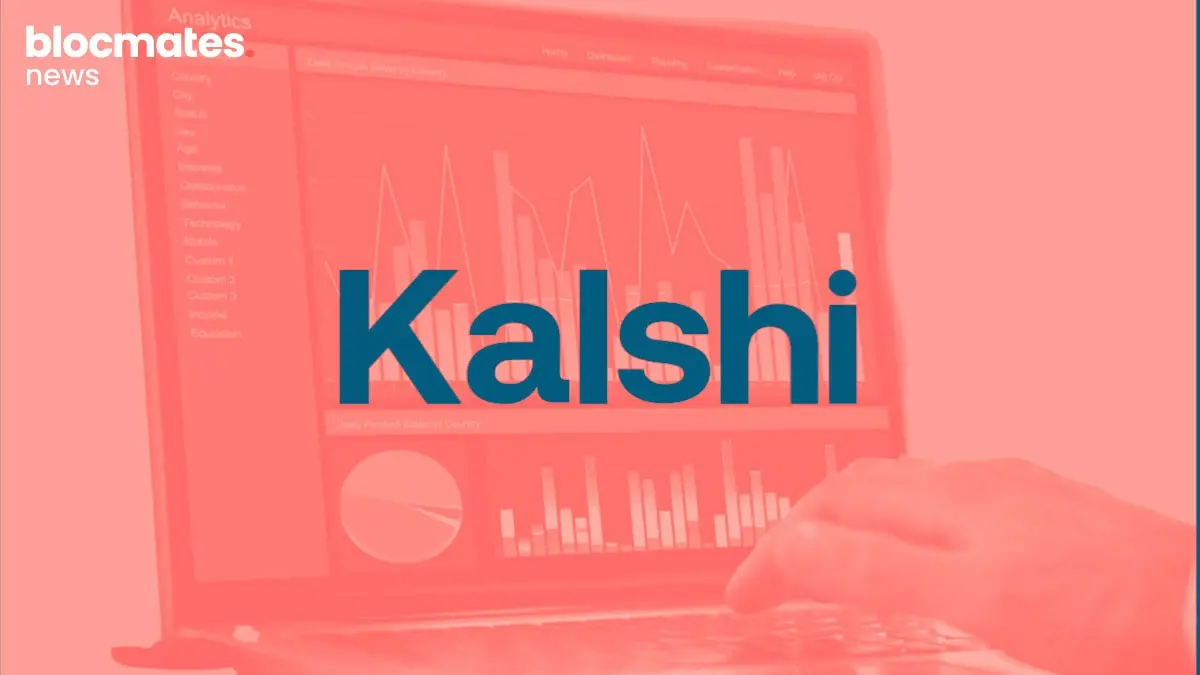
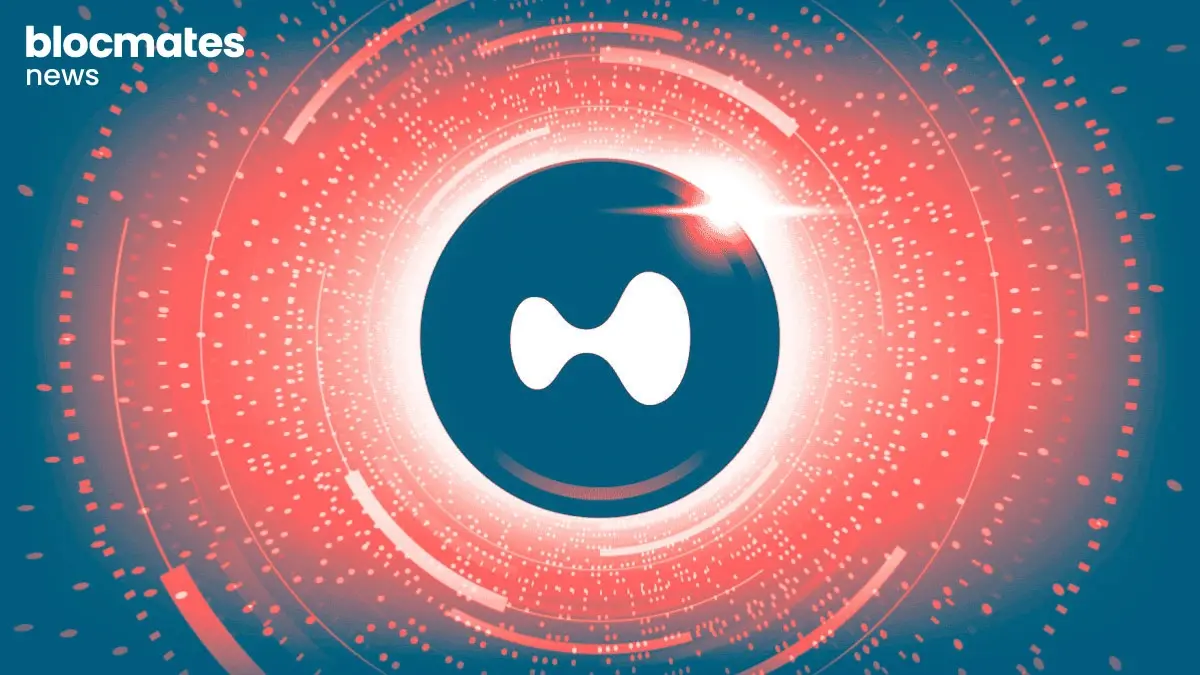



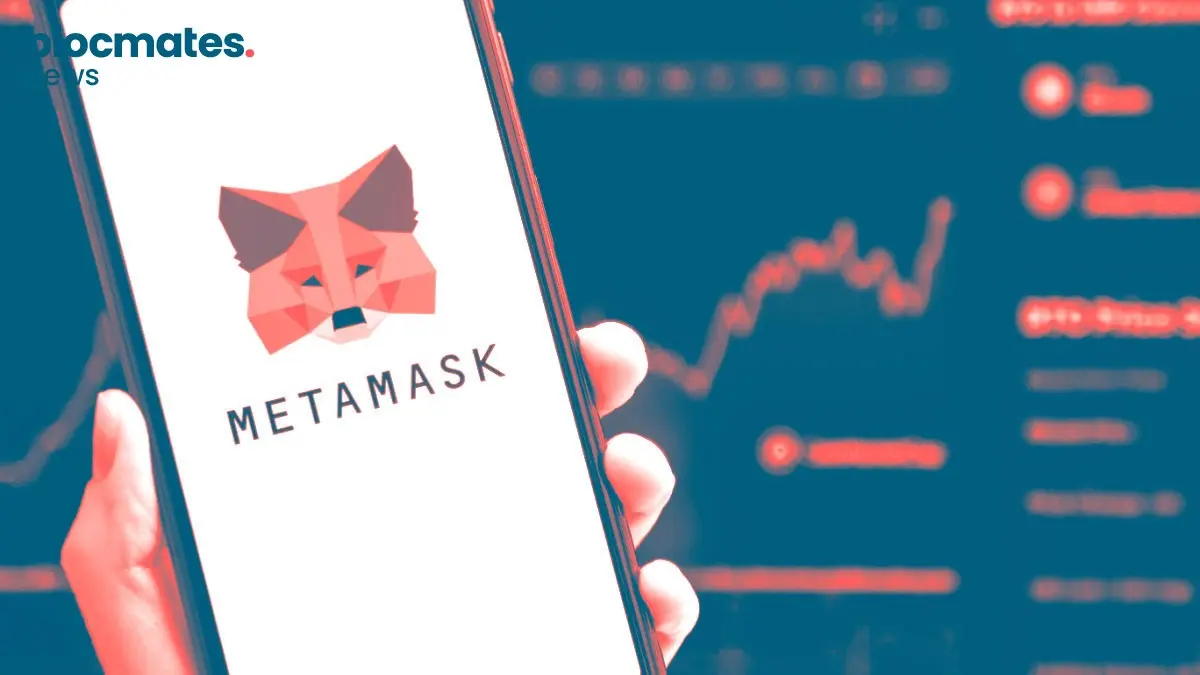
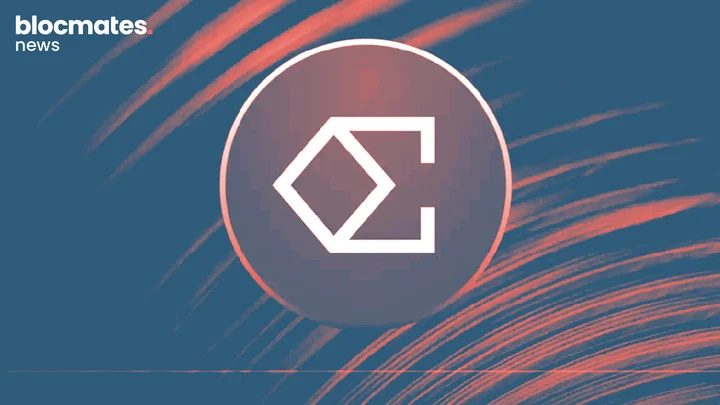


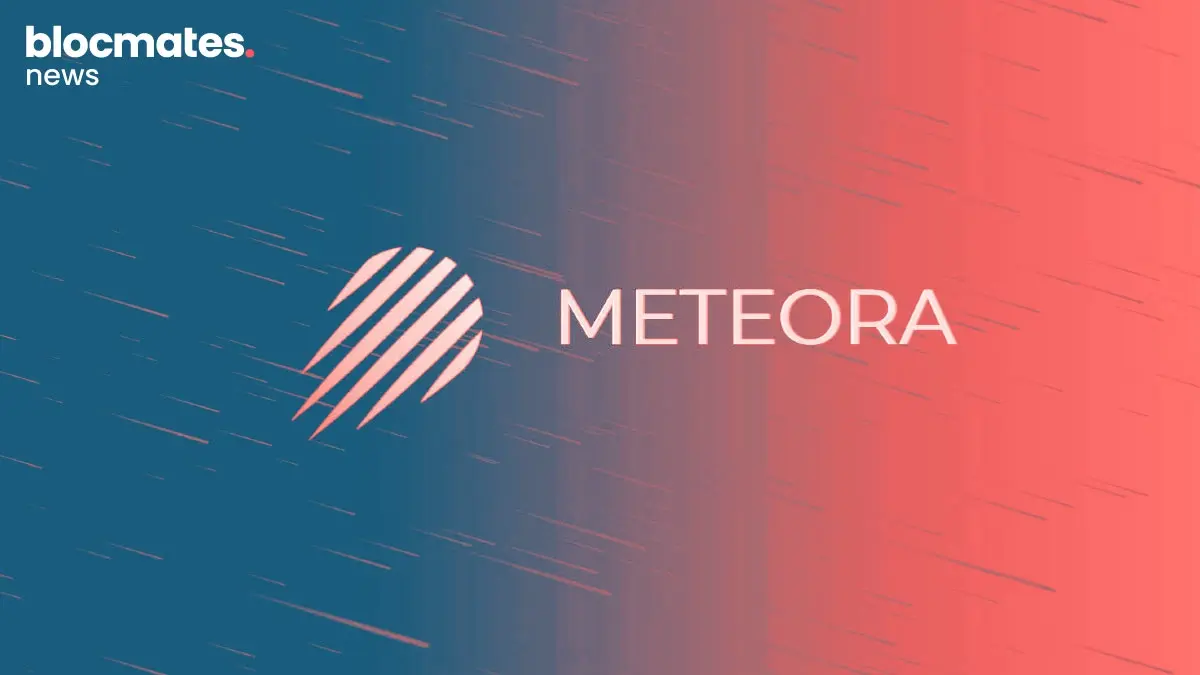


.webp)

.webp)


.webp)

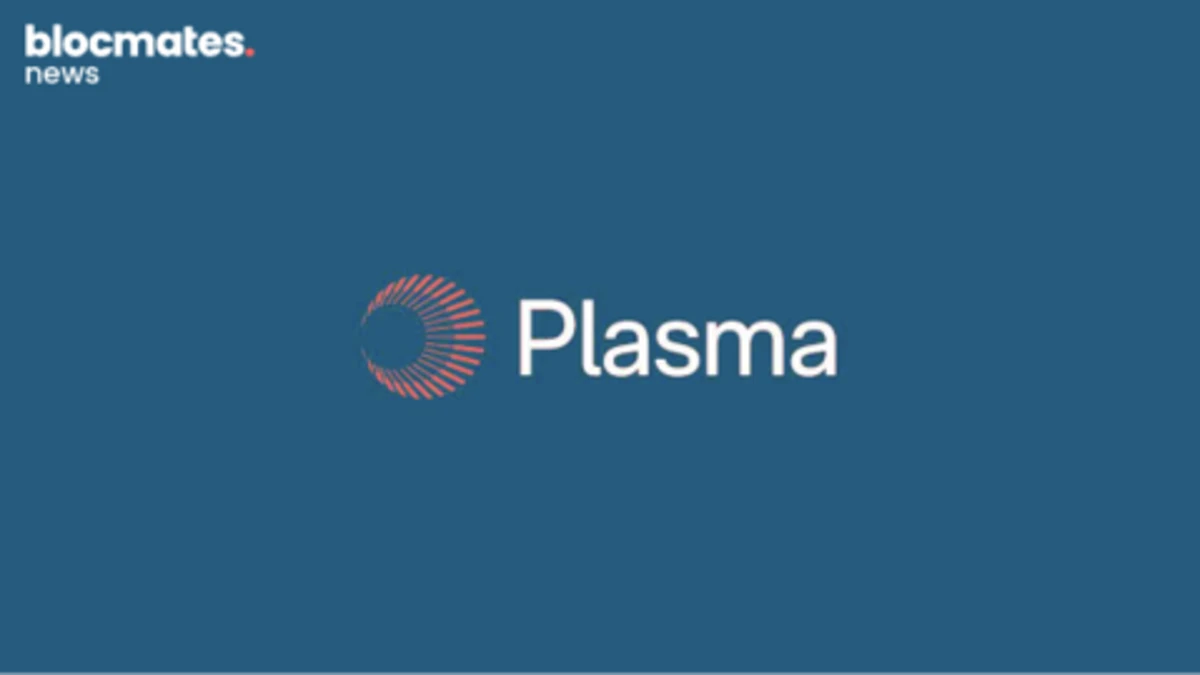

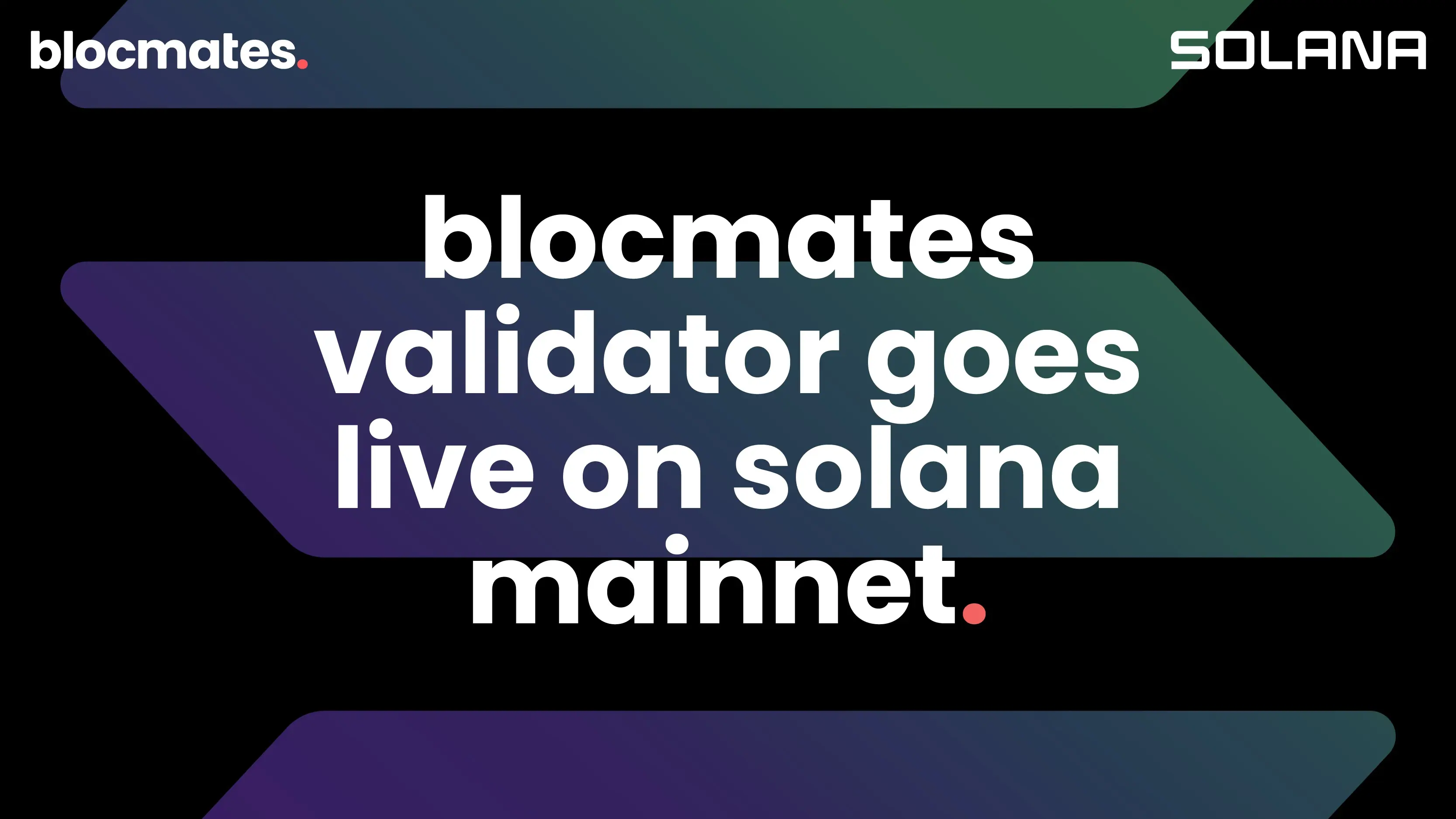
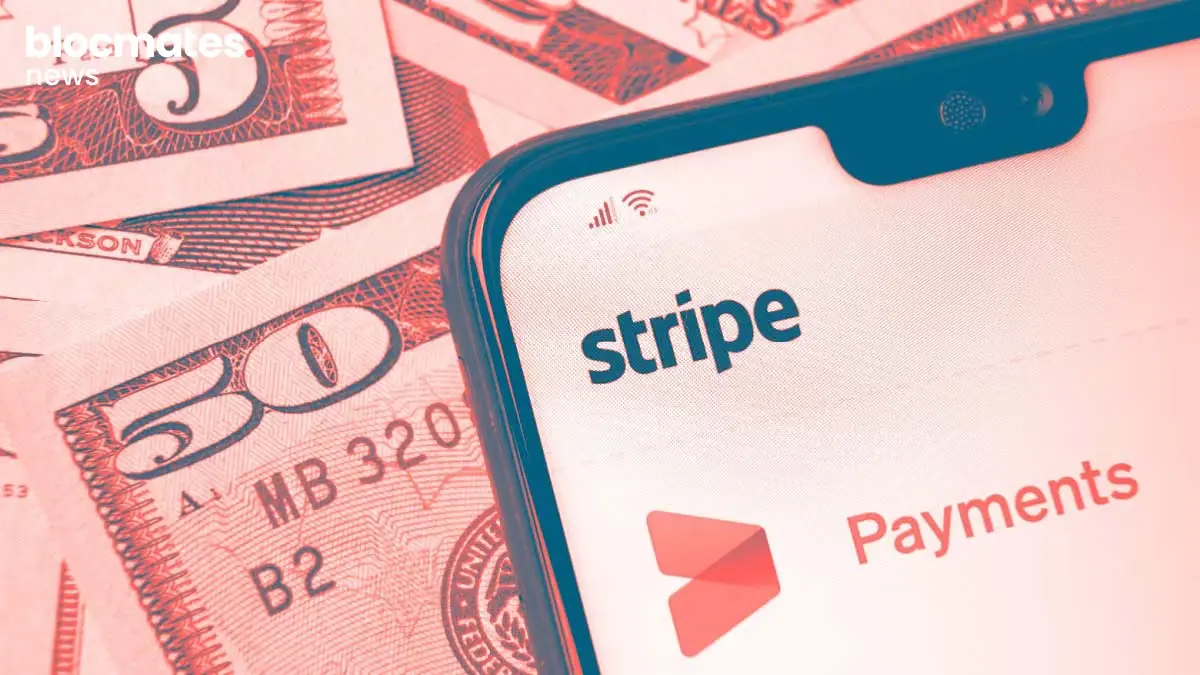



.webp)
